In the 1960s the streets of Corona, Queens buzzed with life. Kids played stickball, their laughter echoing between rows of brick houses adorned with fire escapes. Mothers chatted in Spanish while hanging laundry on clotheslines strung across backyards.
Corona wasn’t just a residential haven; it was a self-sufficient community. Mom-and-pop shops lined the avenues, their windows displaying everything from fresh bread and pastries to colorful fabrics and religious figurines. Local butchers knew their customers by name, and the corner fruit vendor’s cart was always piled high with seasonal produce.
One of the neighborhood’s main arteries, 108th Street, was affectionately known as “La Ruta de la Moda” (the Fashion Route). Bustling with activity, it boasted a string of clothing stores showcasing the latest styles, often imported directly from Puerto Rico. Women dressed to the nines, sporting vibrant dresses and perfectly coiffed hair, strolled down the street, transforming it into a runway of sorts.
Food was, and still is, a cornerstone of Corona’s identity. Italian restaurants like Park Side and Leo’s were neighborhood institutions, serving up classic dishes like spaghetti and meatballs and thin-crust pizza. As the Hispanic population grew, so did the culinary landscape. Bodegas offered traditional Puerto Rican fare – mofongo, pernil, and arroz con gandules – while Cuban restaurants like Rincon Criollo tantalized taste buds with ropa vieja and savory pastelitos.
Weekends in Corona were a time for family and community. Fathers took their sons to Shea Stadium to cheer on the Mets, while mothers and daughters enjoyed picnics in Flushing Meadows-Corona Park, the site of the 1964-65 World’s Fair. The park was a source of immense pride for the community, a sprawling green space with iconic structures like the Unisphere and the New York State Pavilion serving as constant reminders of the world-class event that had put Corona on the map.
Evenings often found families gathered around their television sets, watching popular shows like “I Love Lucy” and “The Ed Sullivan Show.” Music filled the airwaves, with the sounds of Motown, doo-wop, and Latin rhythms spilling out of open windows and car radios.
Life in Corona wasn’t without its challenges. The neighborhood, like many others in New York City, grappled with issues like poverty and crime. Yet, the strong sense of community and the unwavering spirit of its residents always shone through. Neighbors looked out for one another, sharing resources, and lending a helping hand whenever needed.


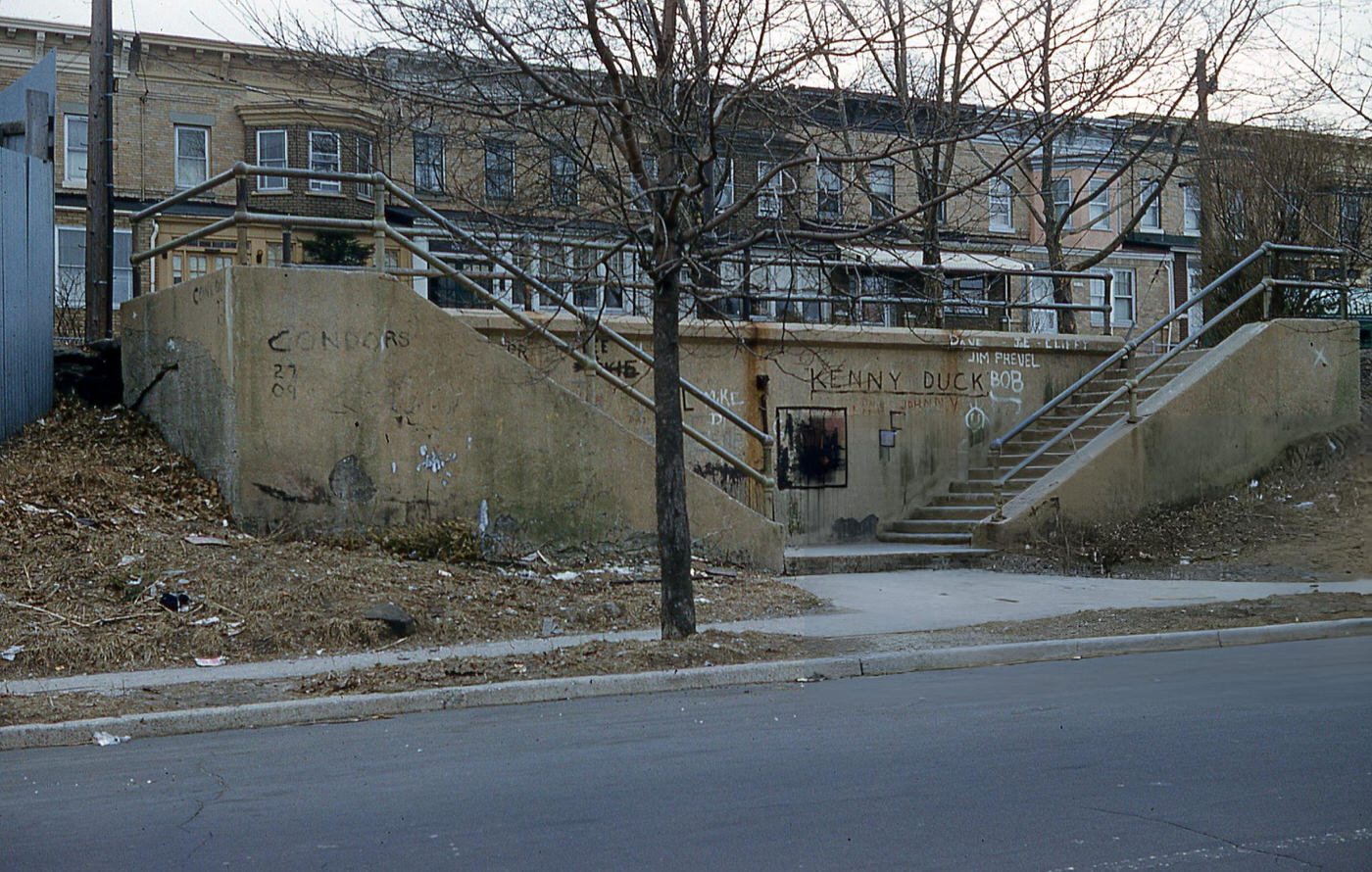
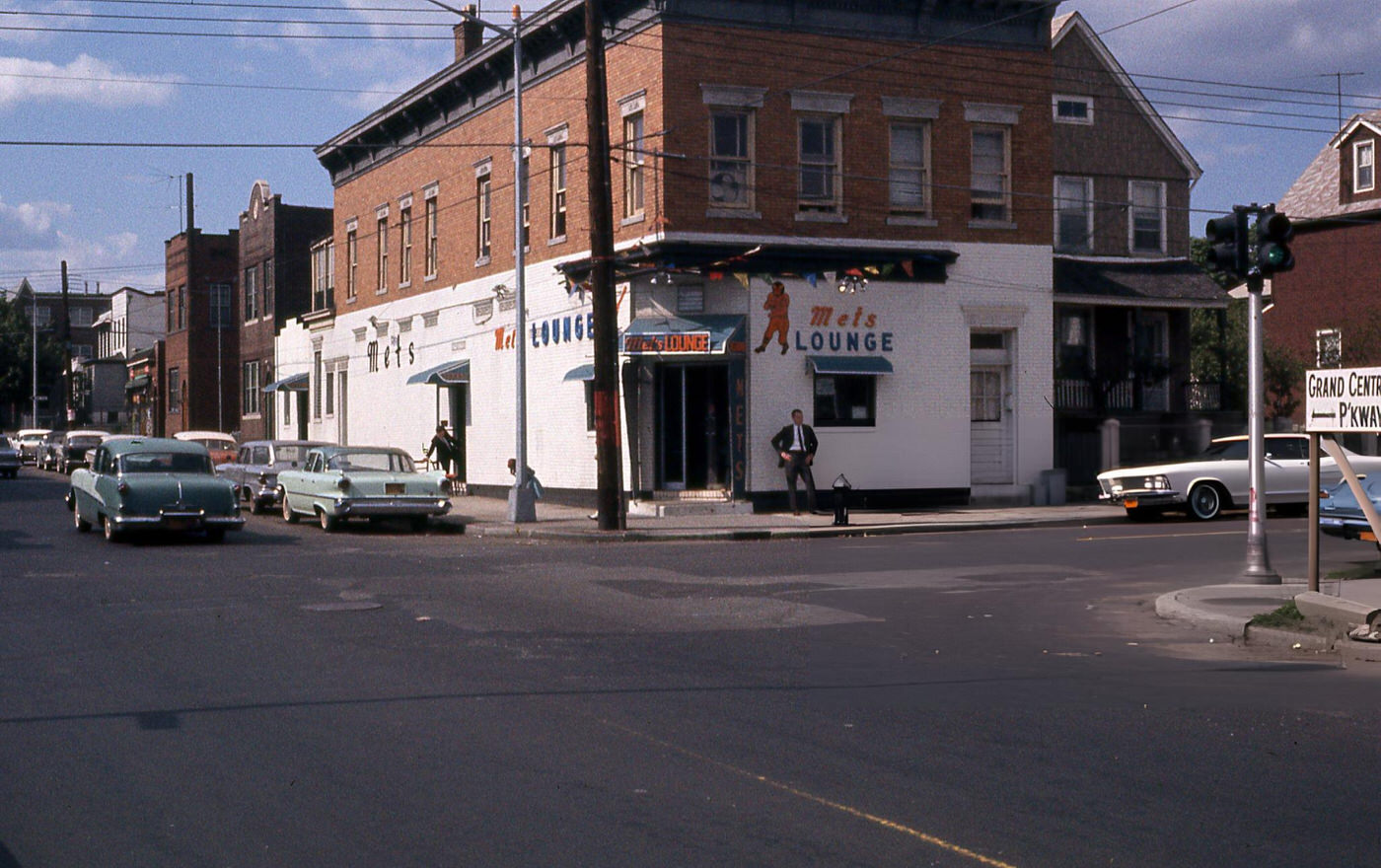
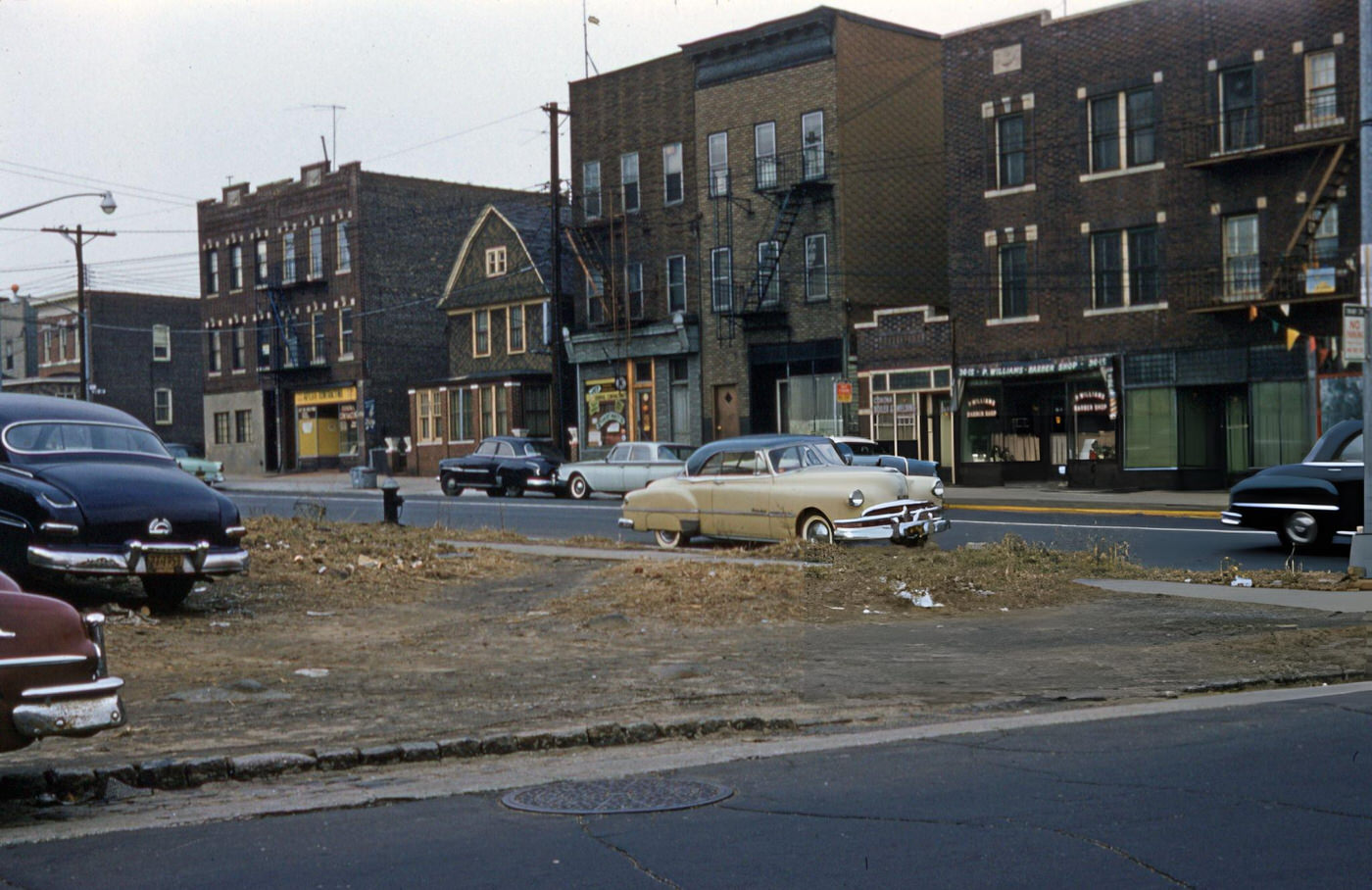
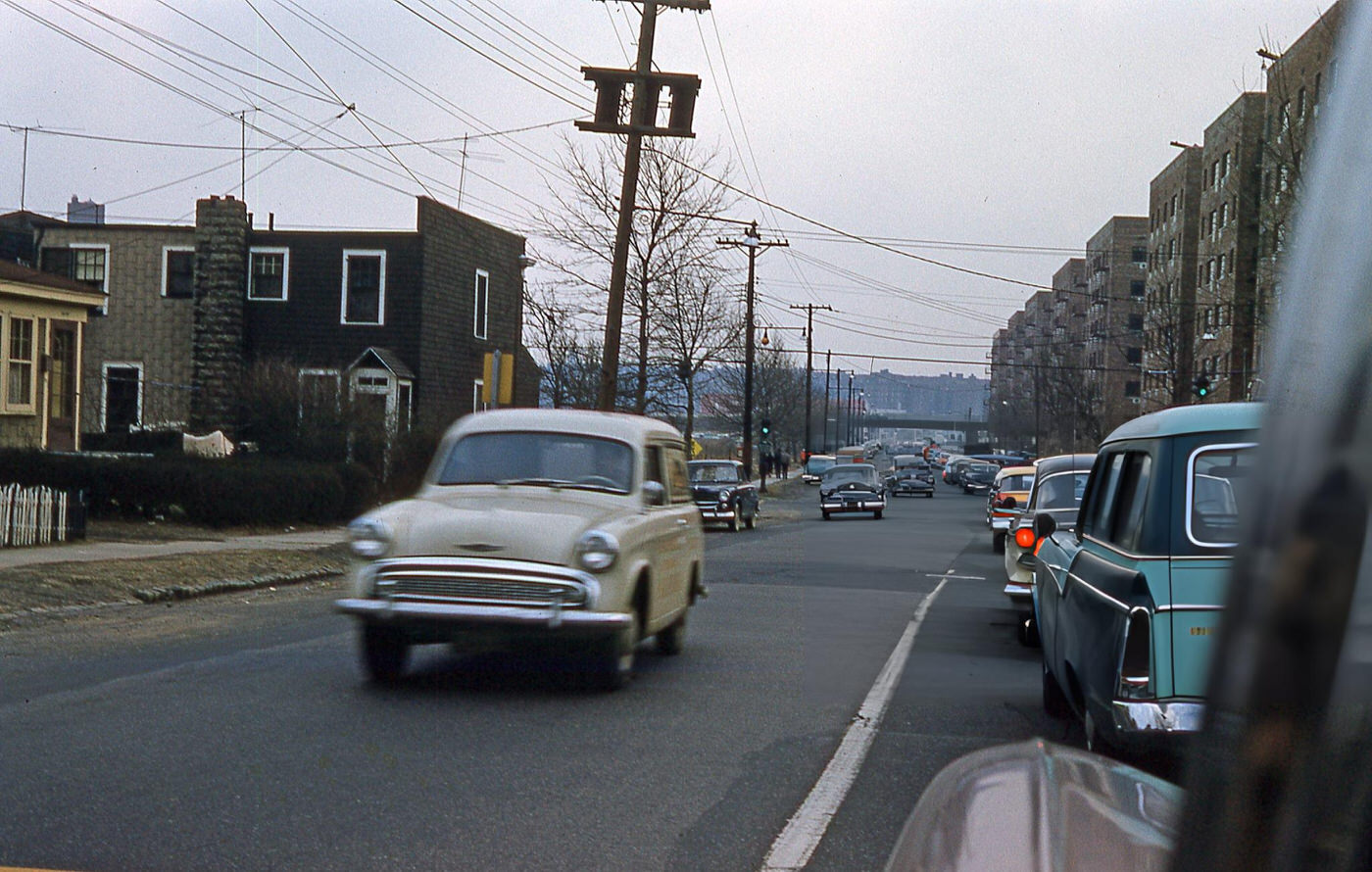
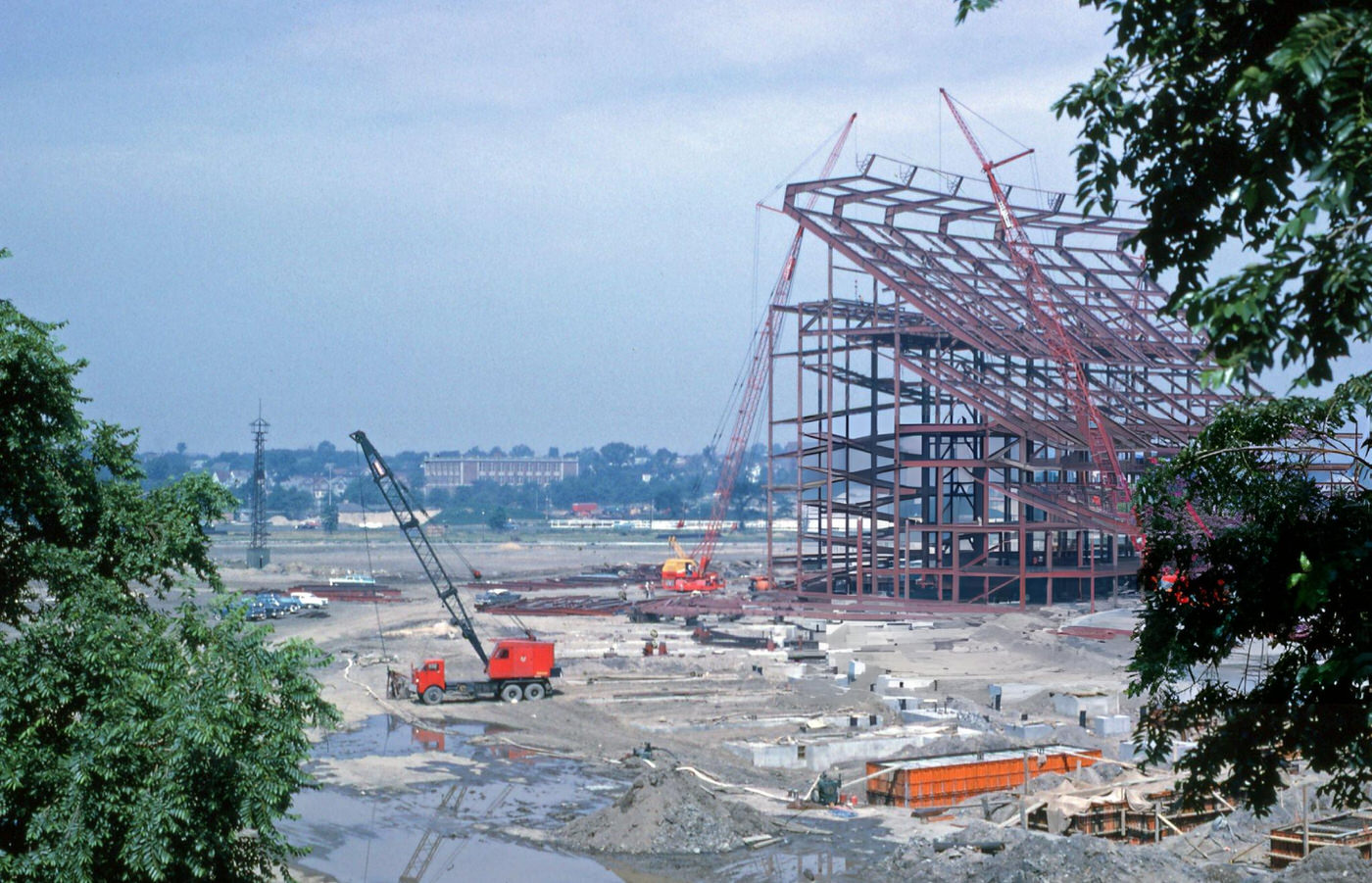
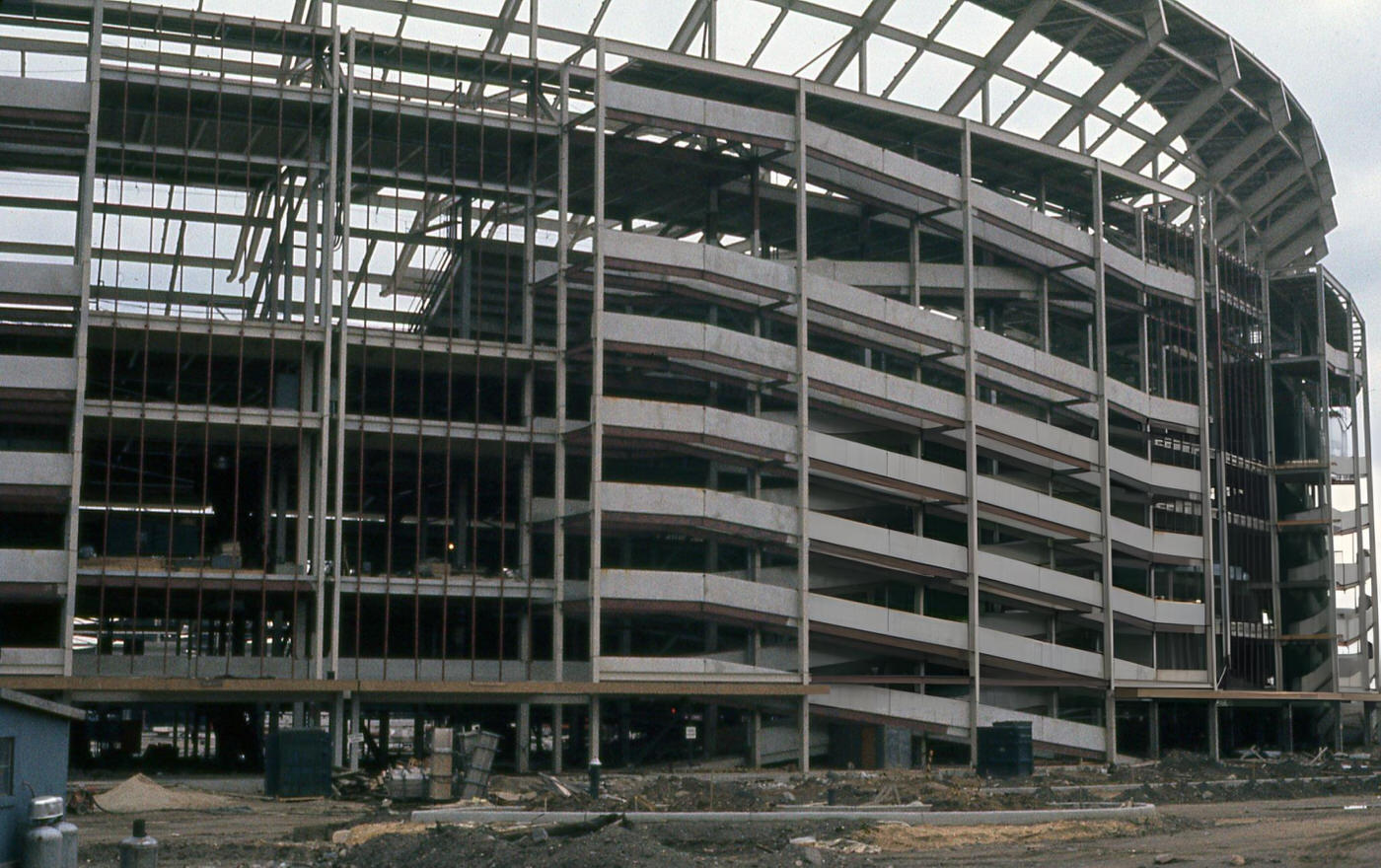
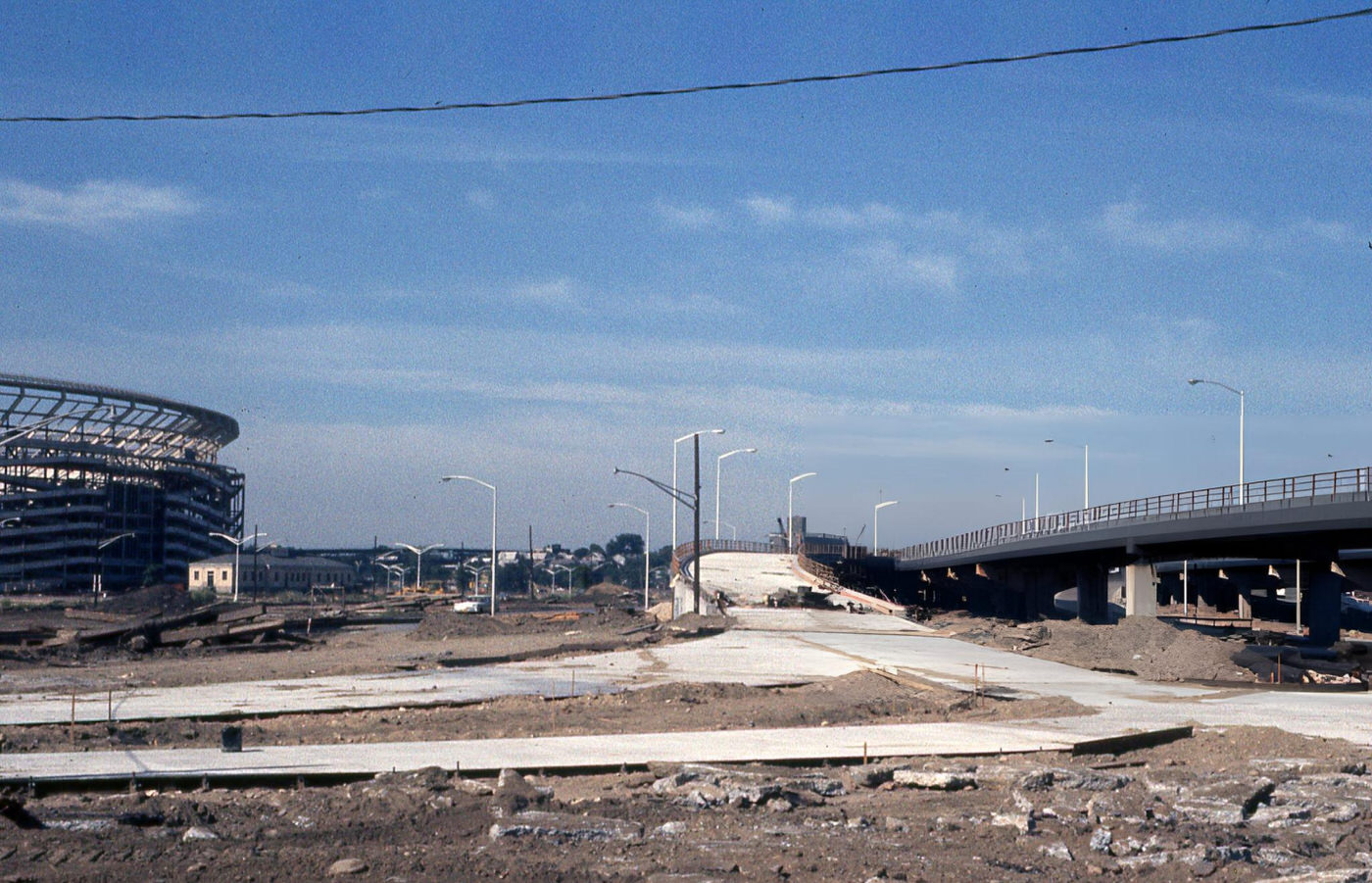
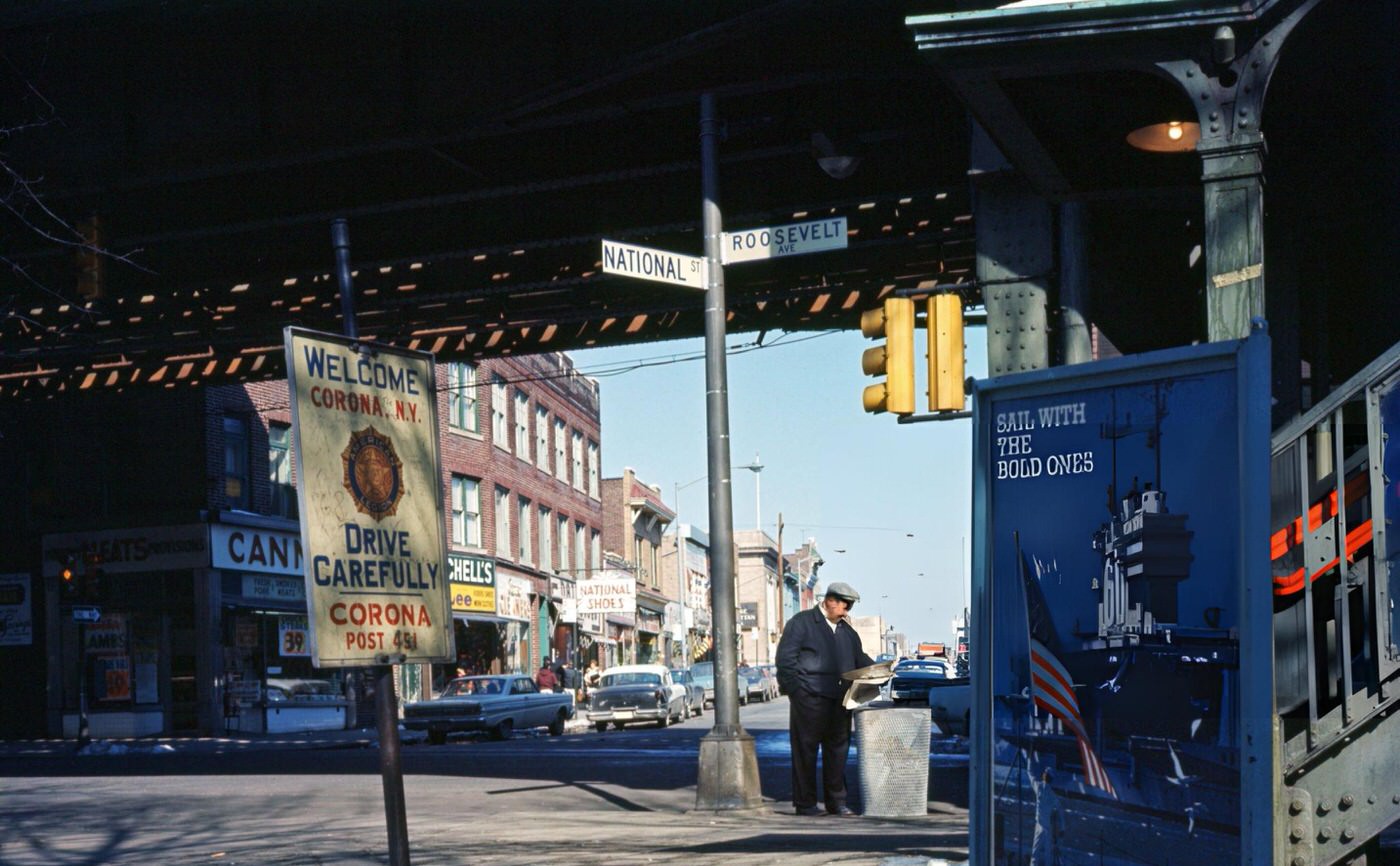
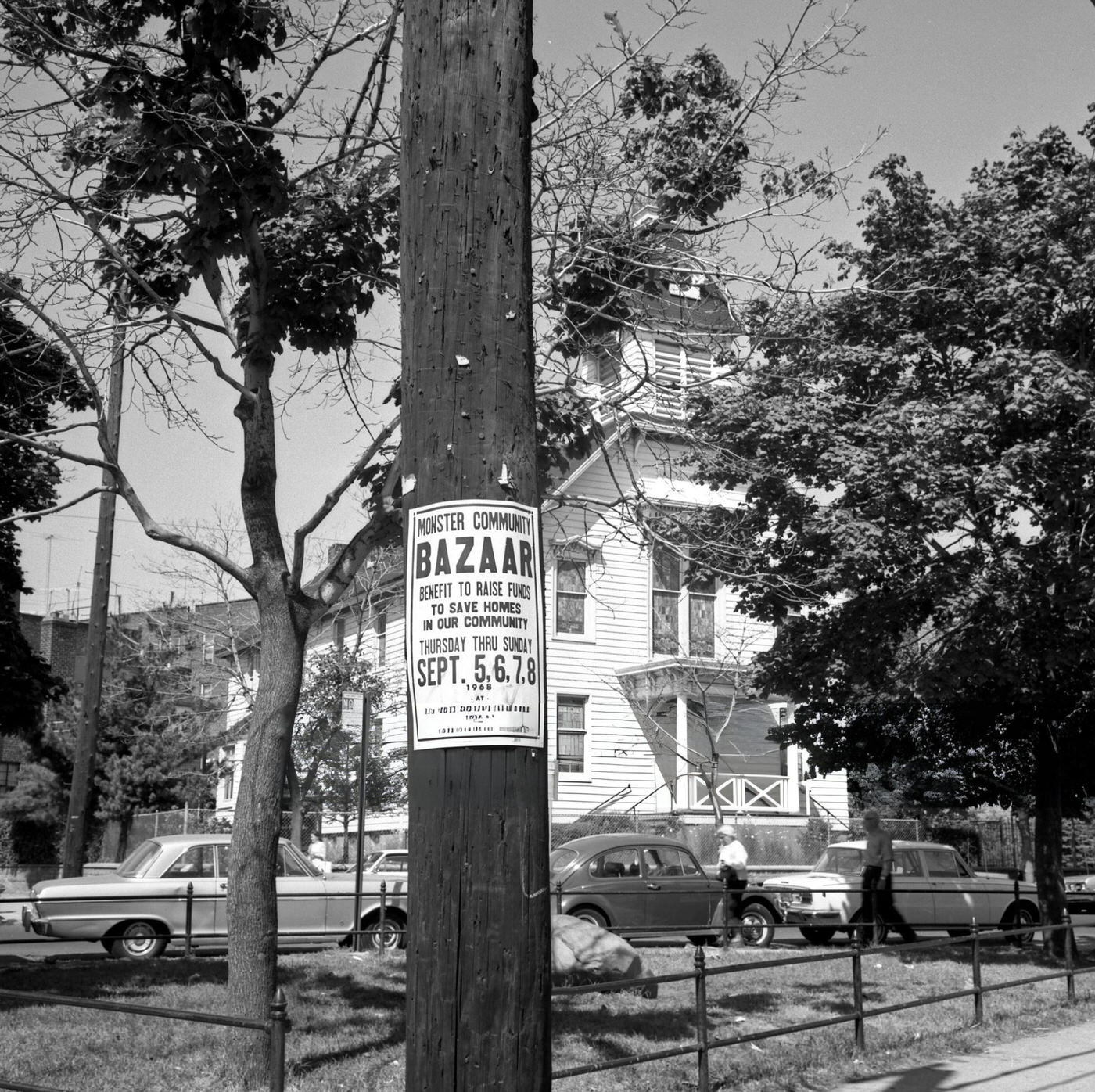
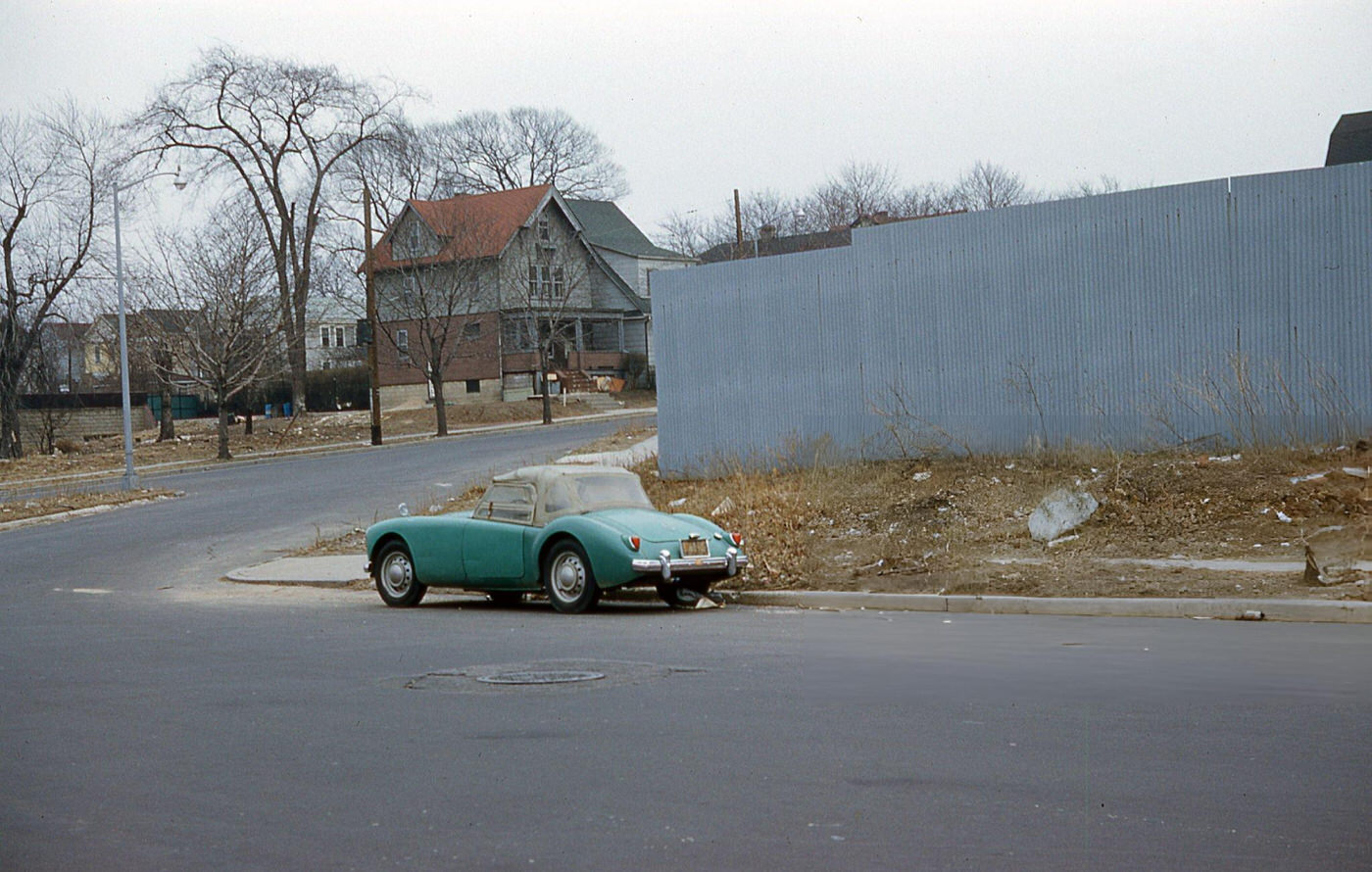

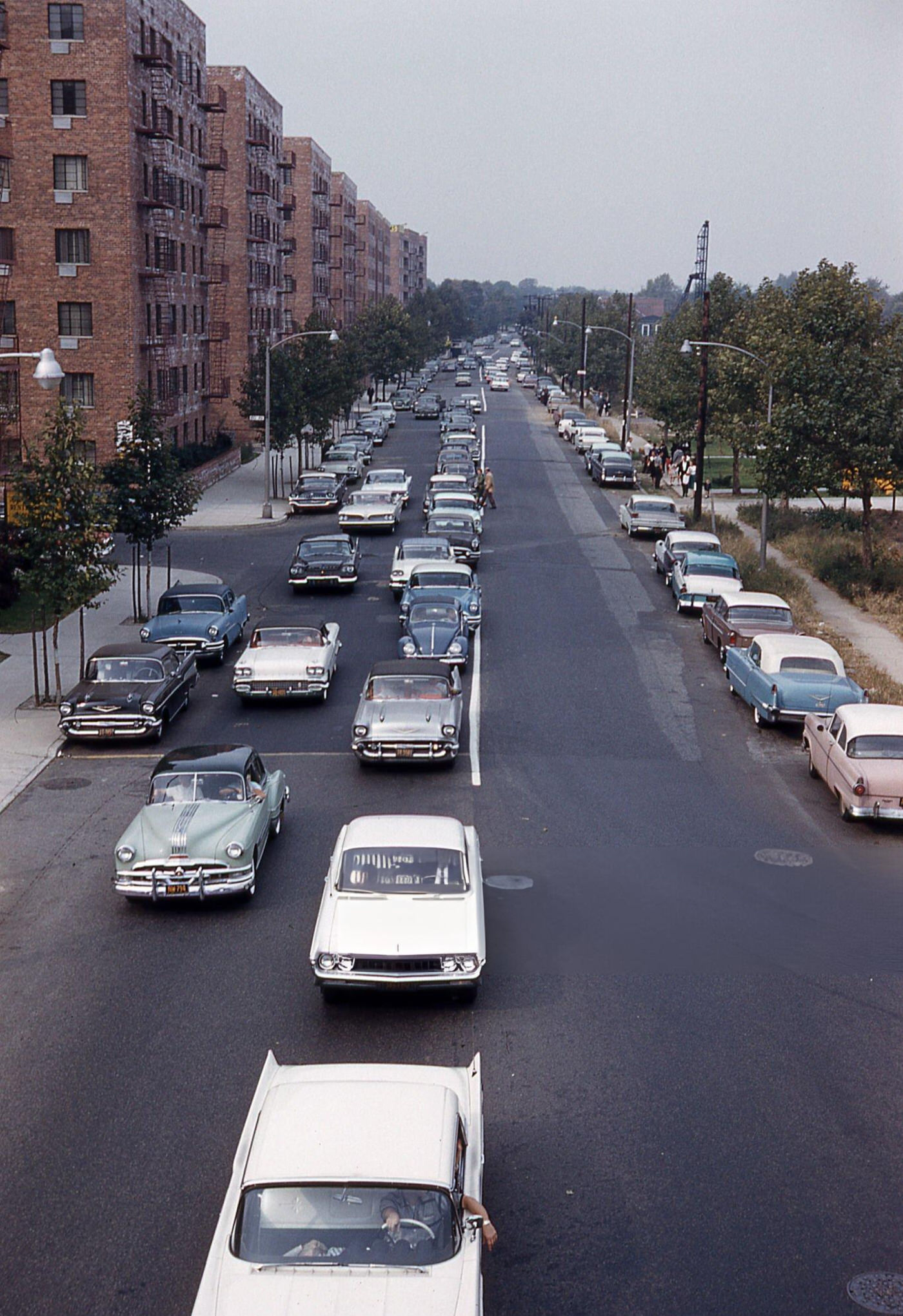
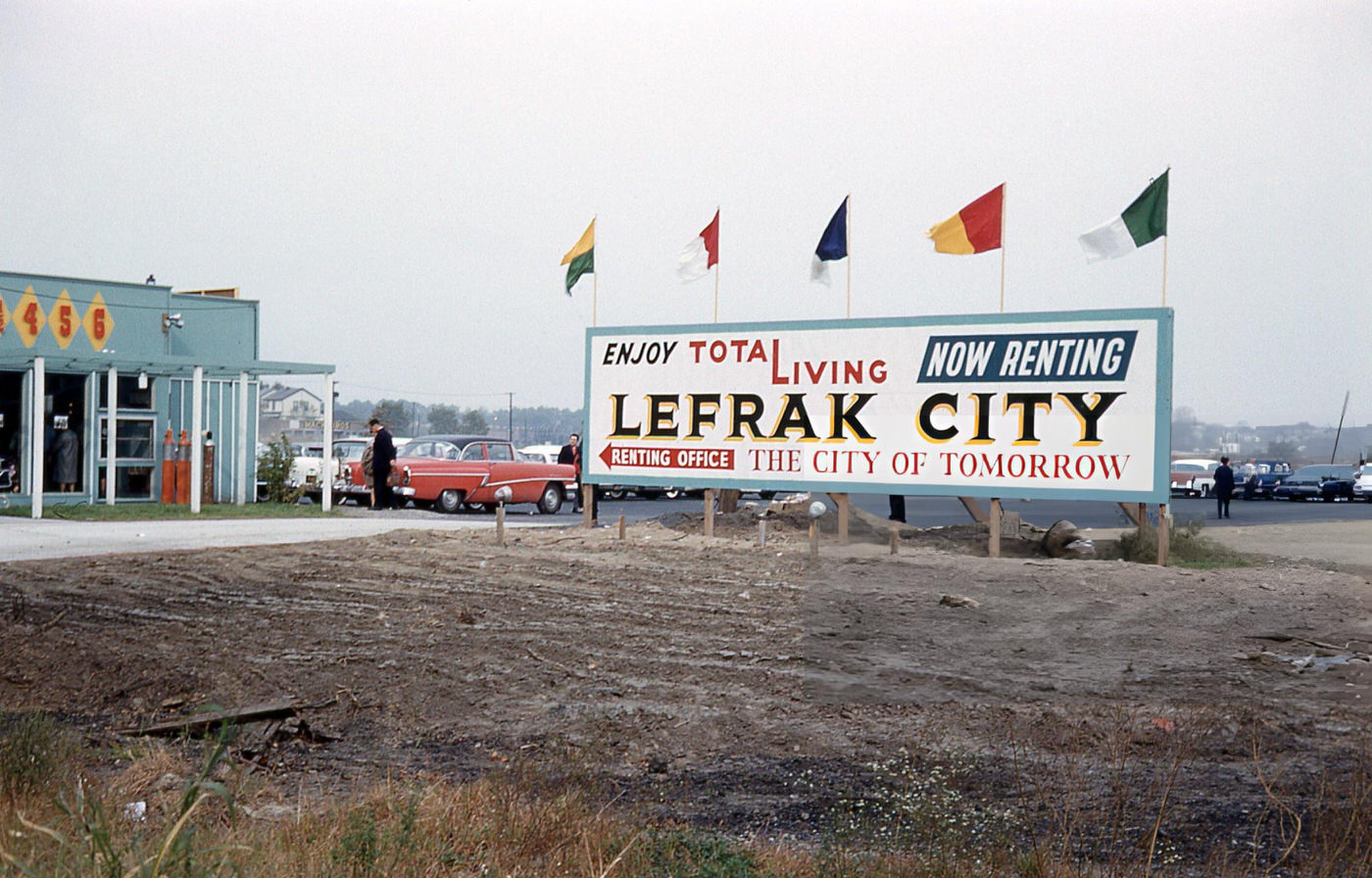
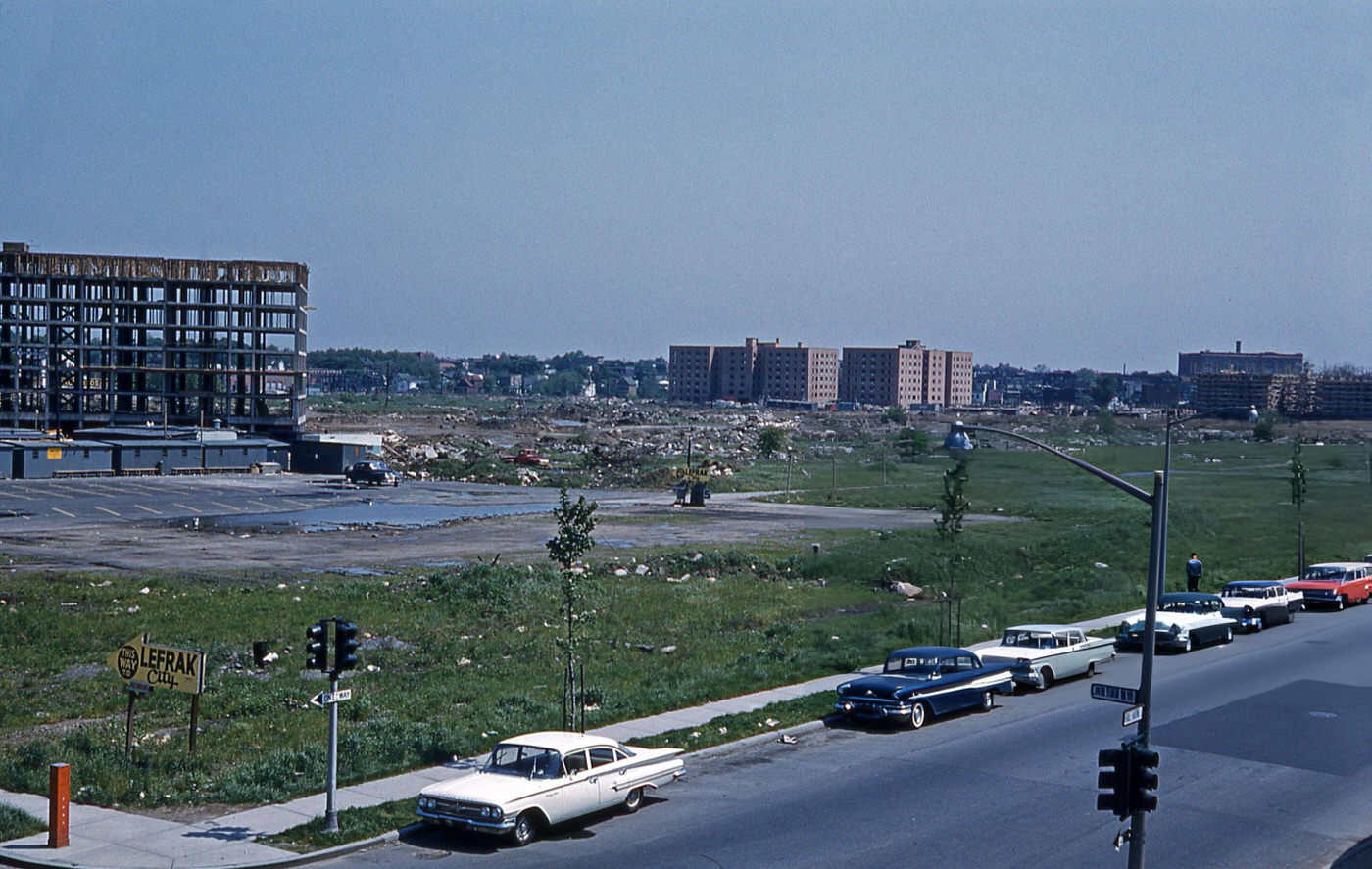
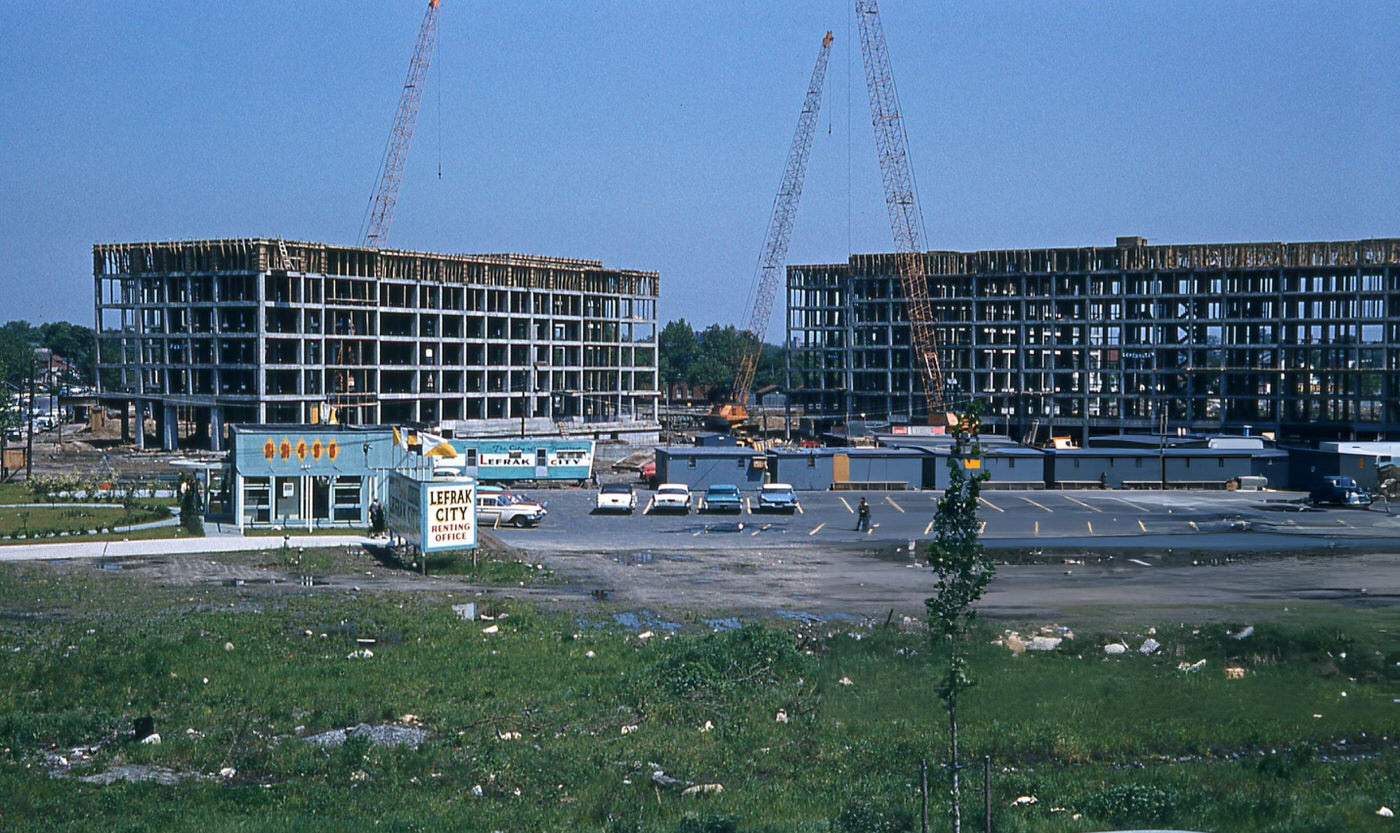
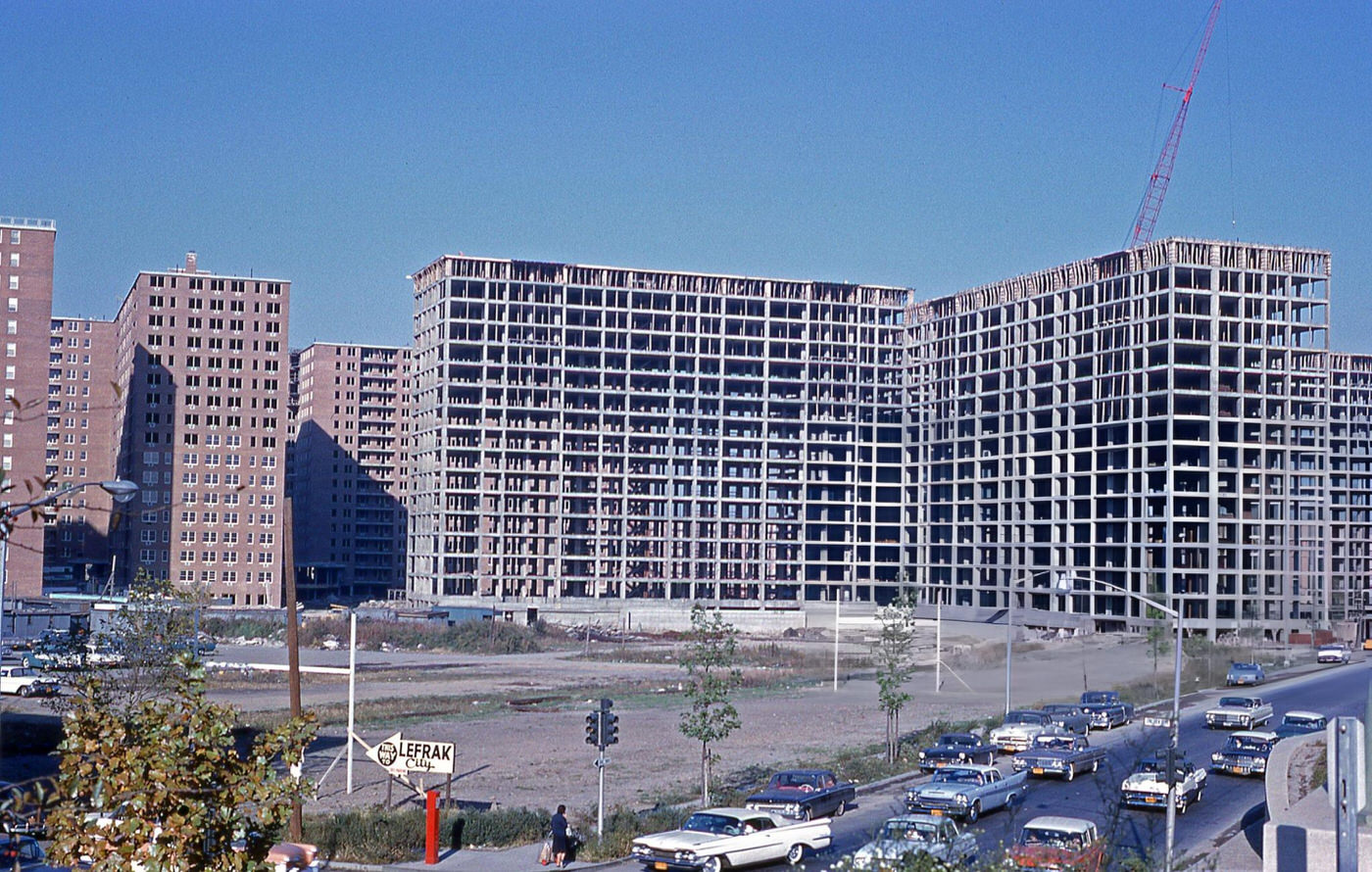
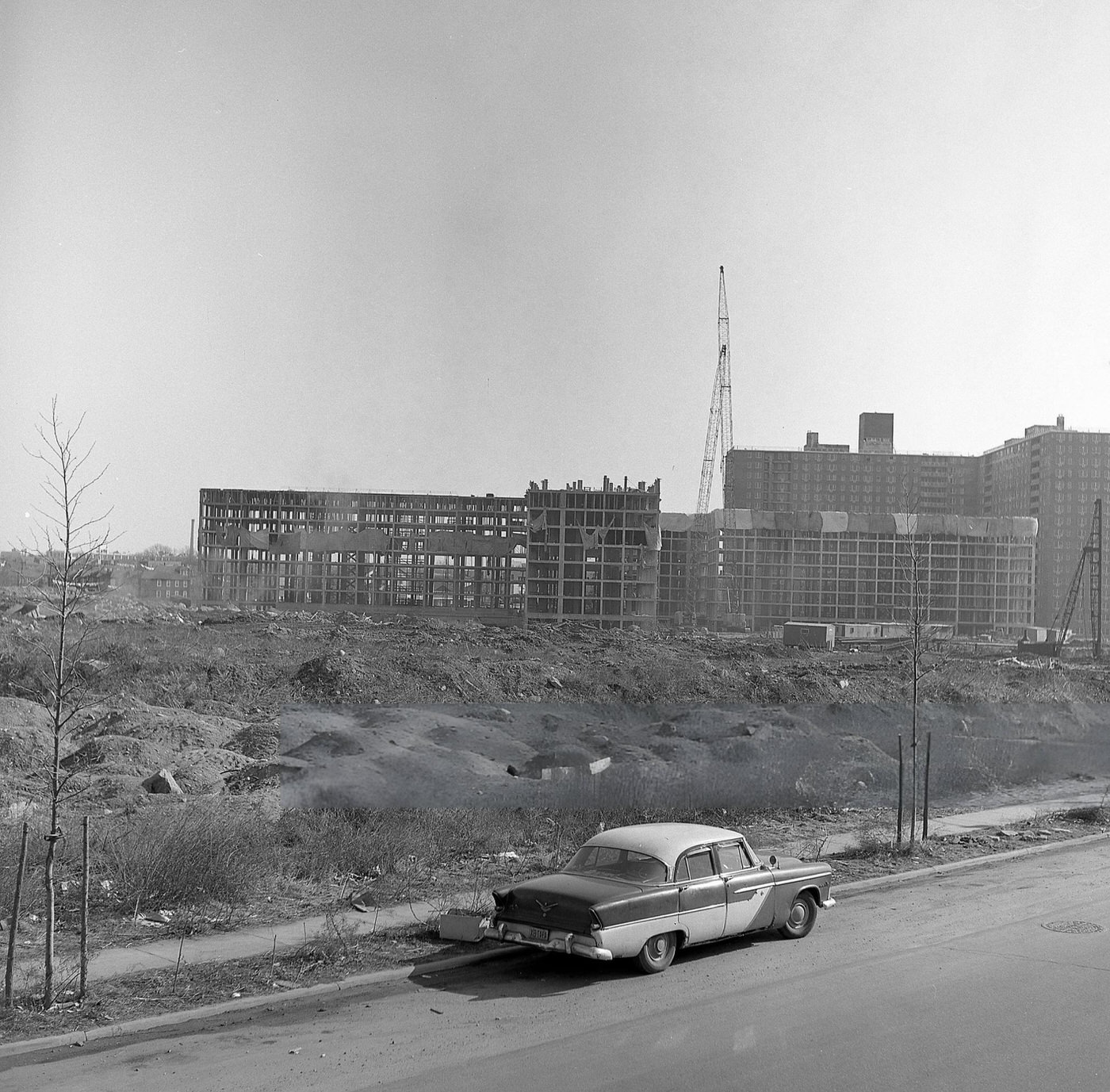
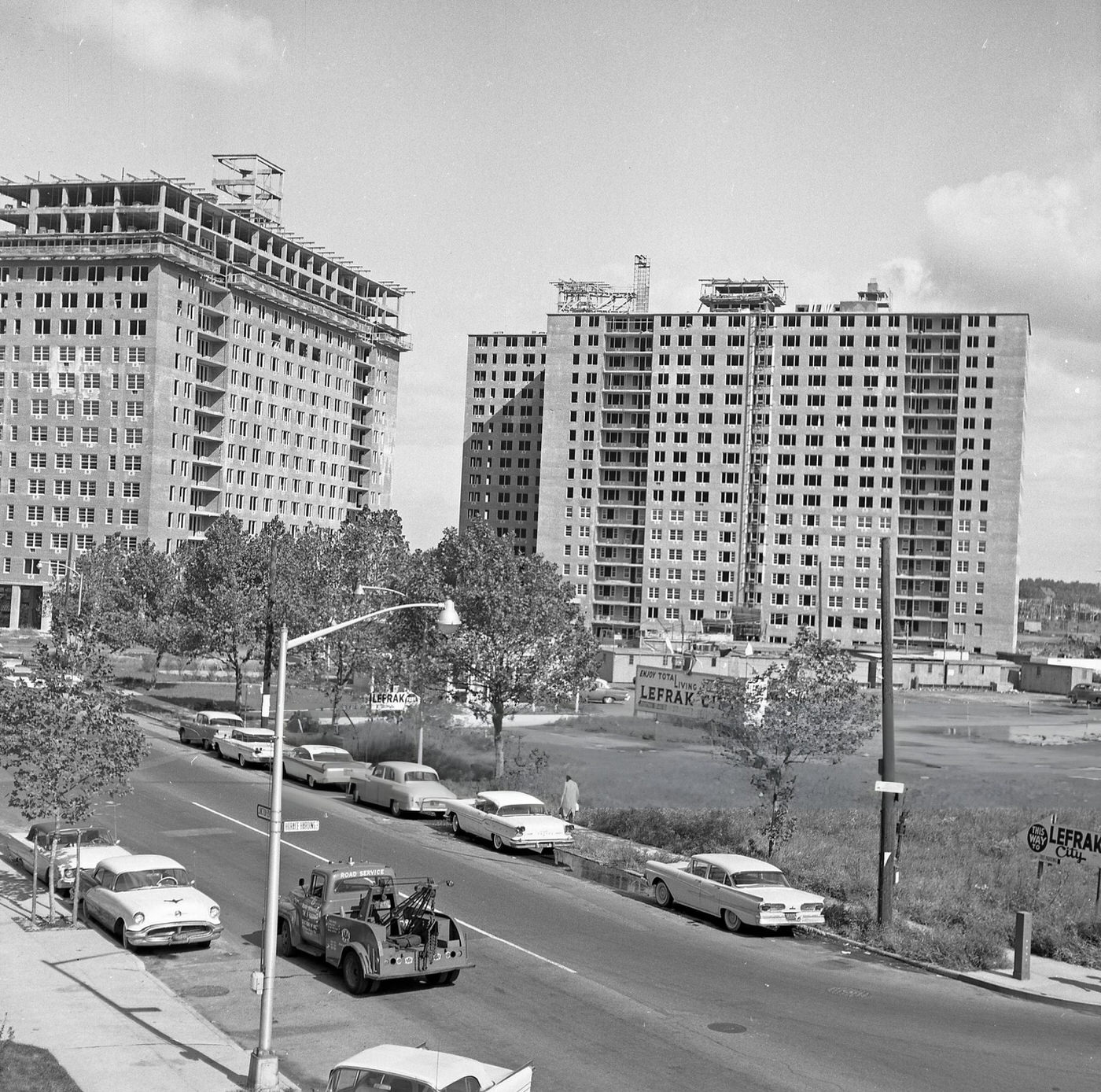
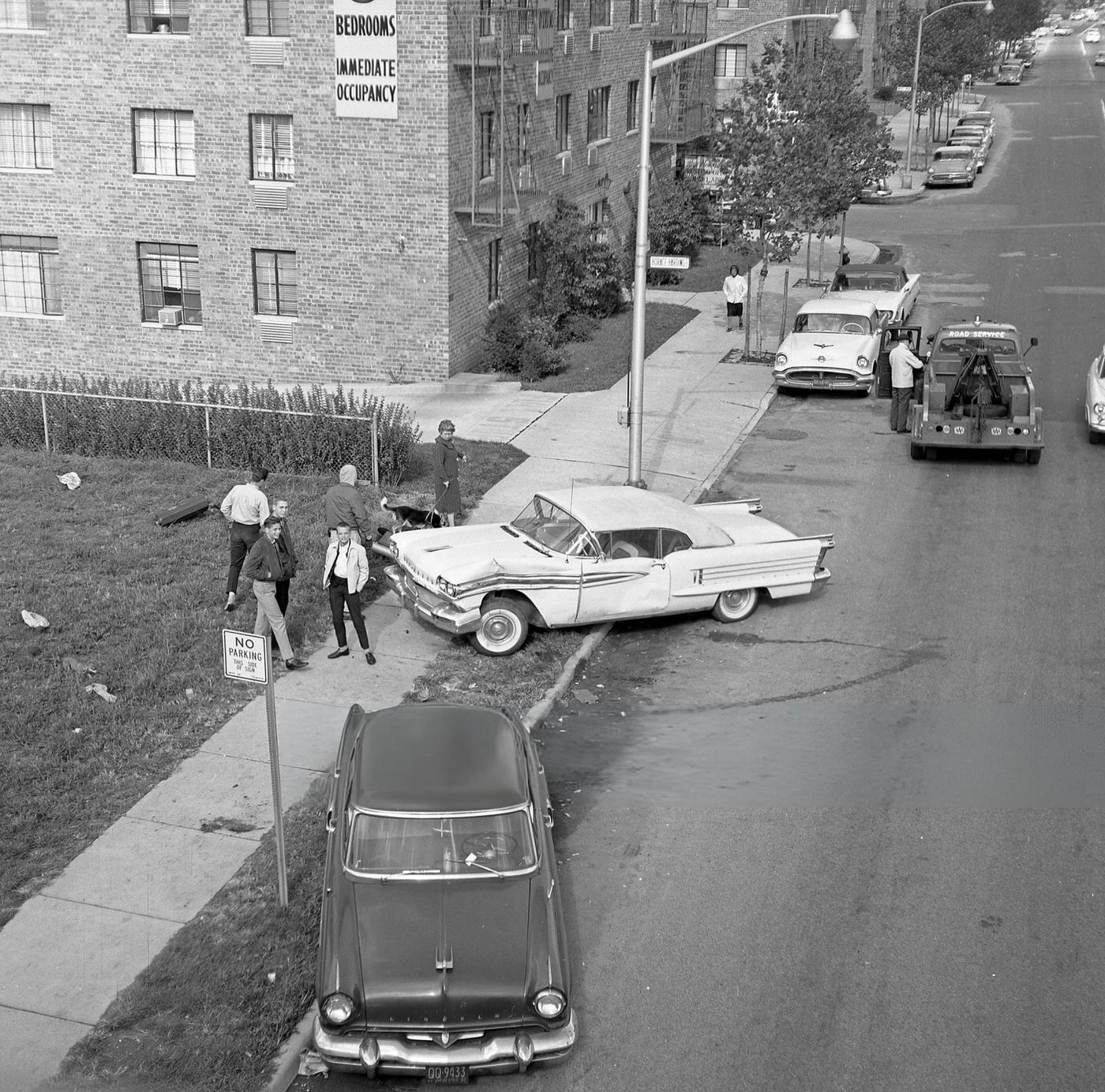
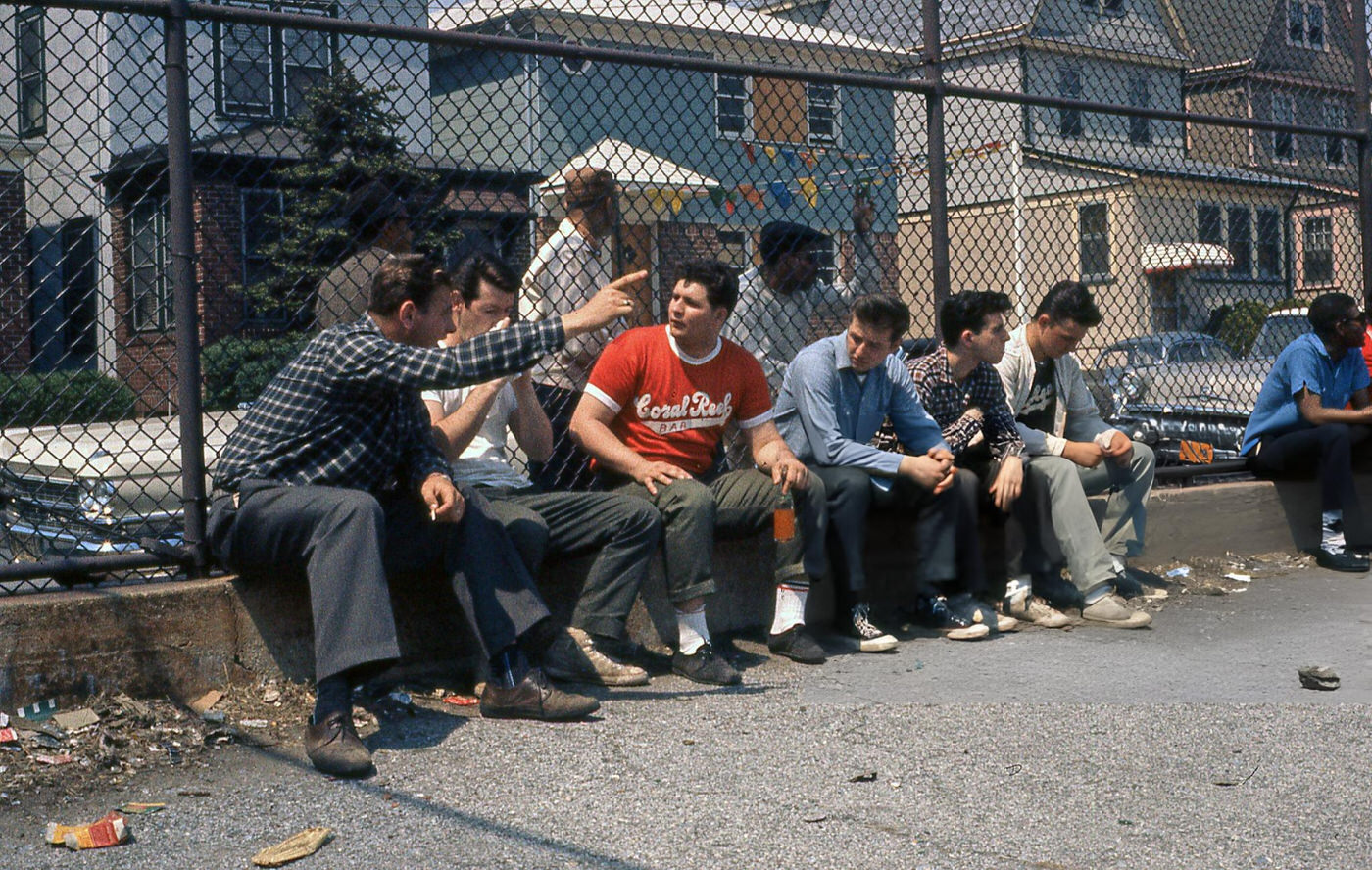
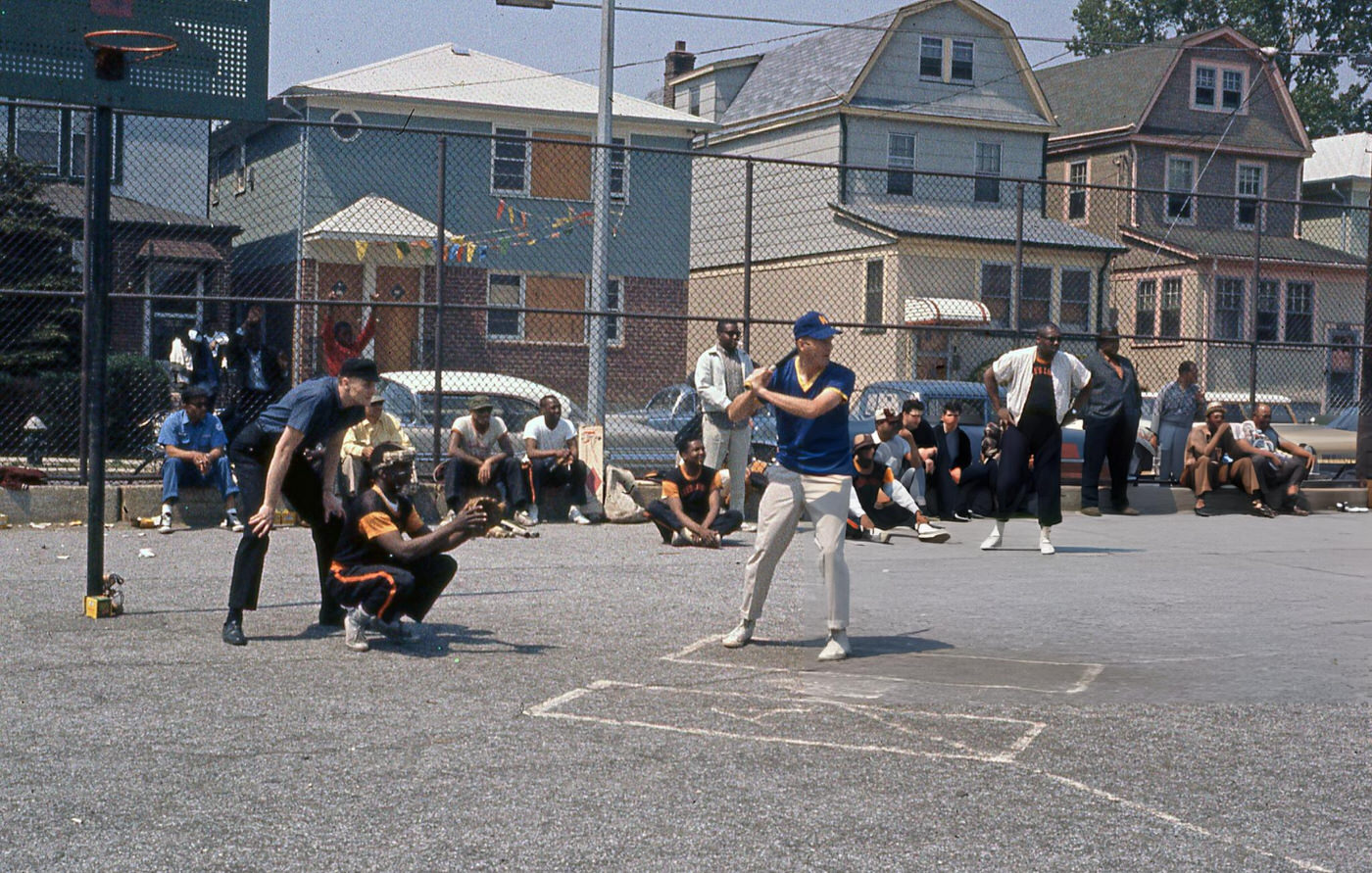

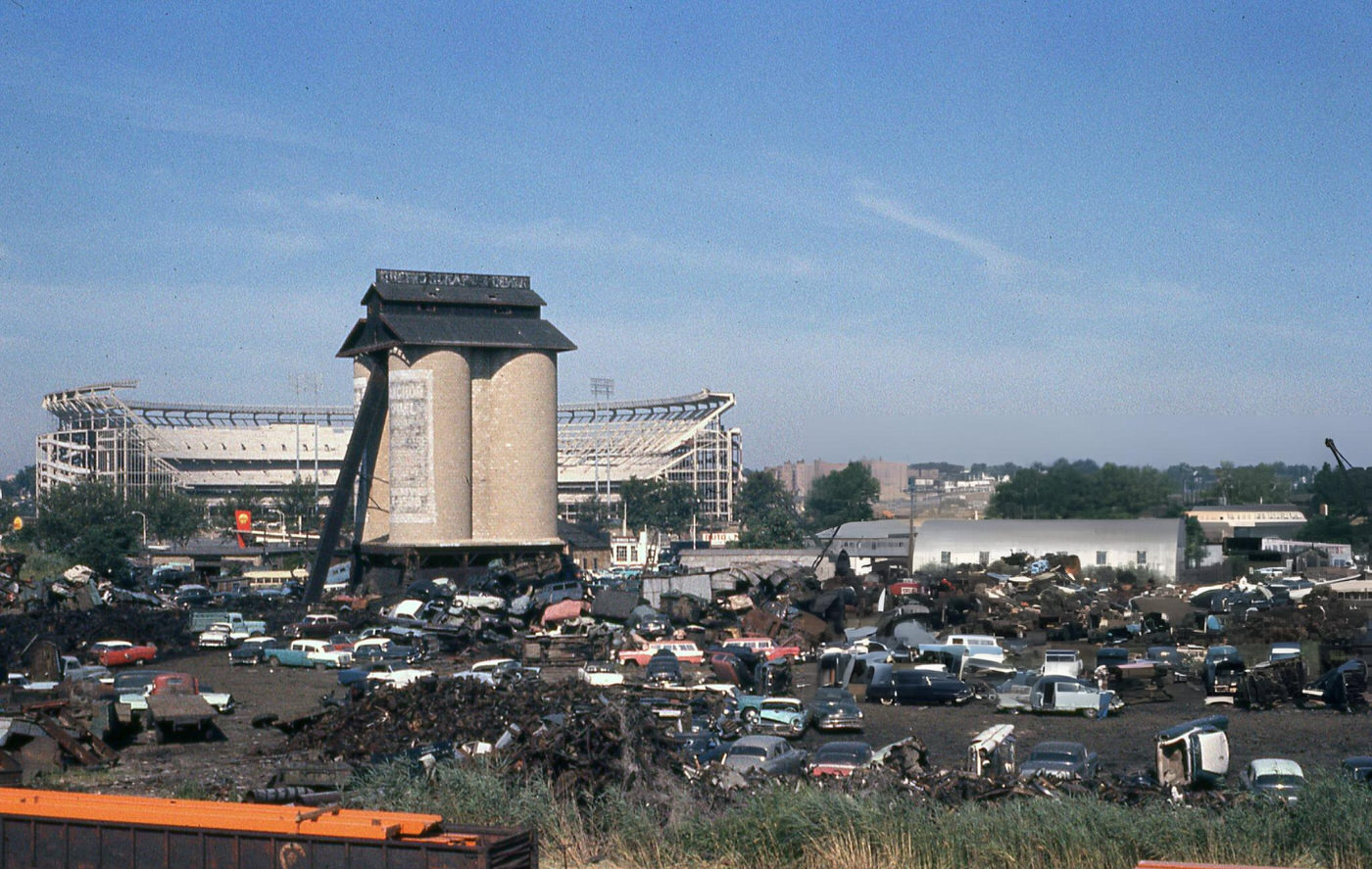

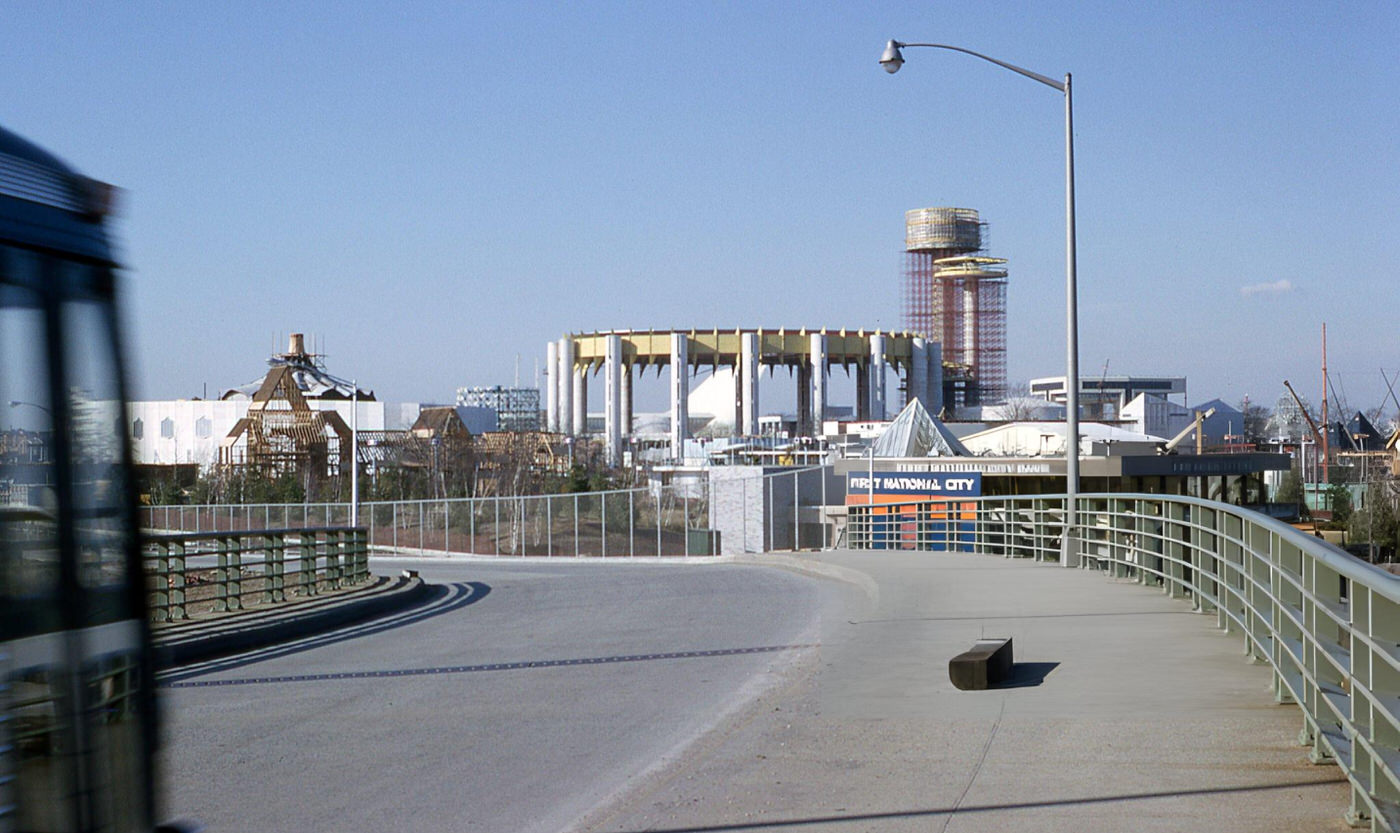
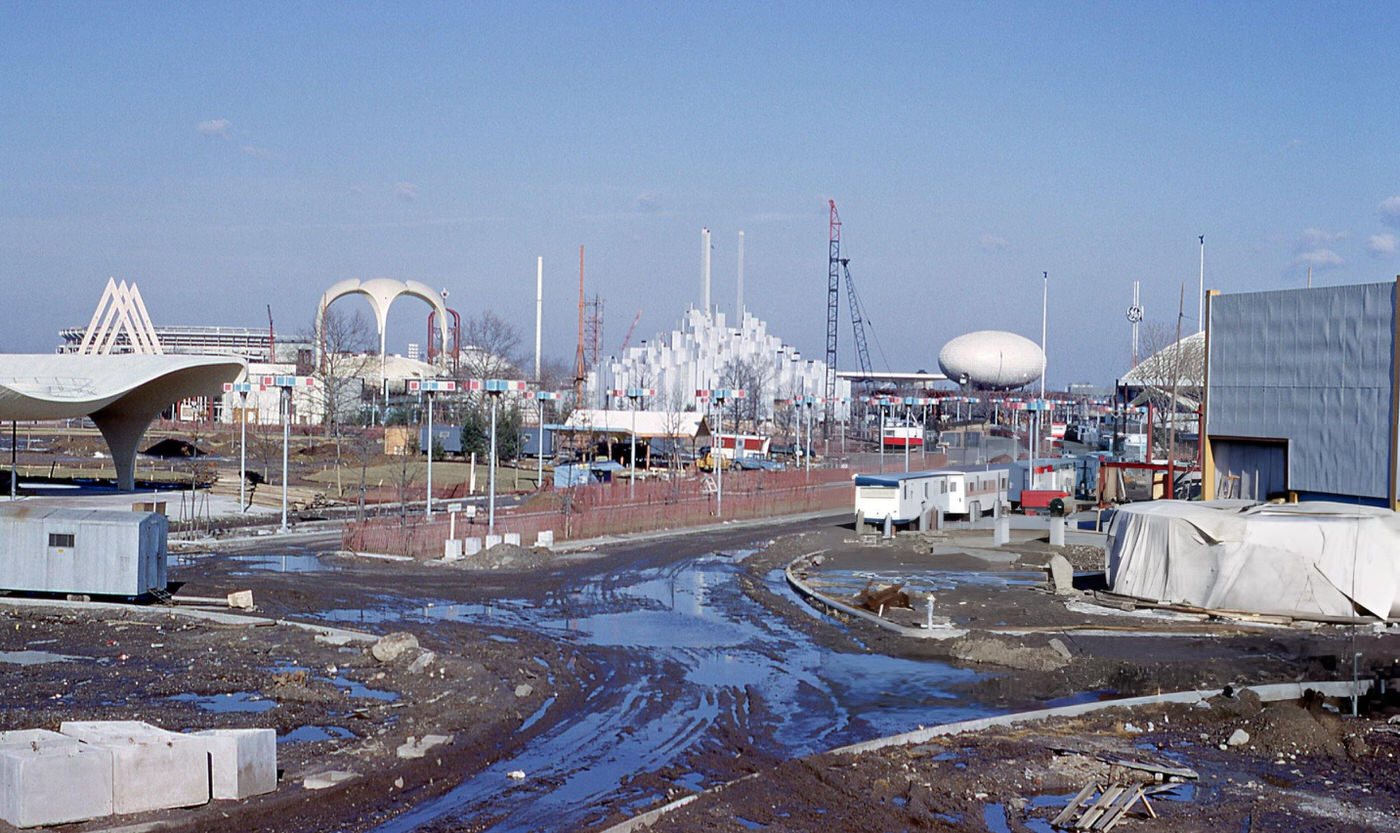
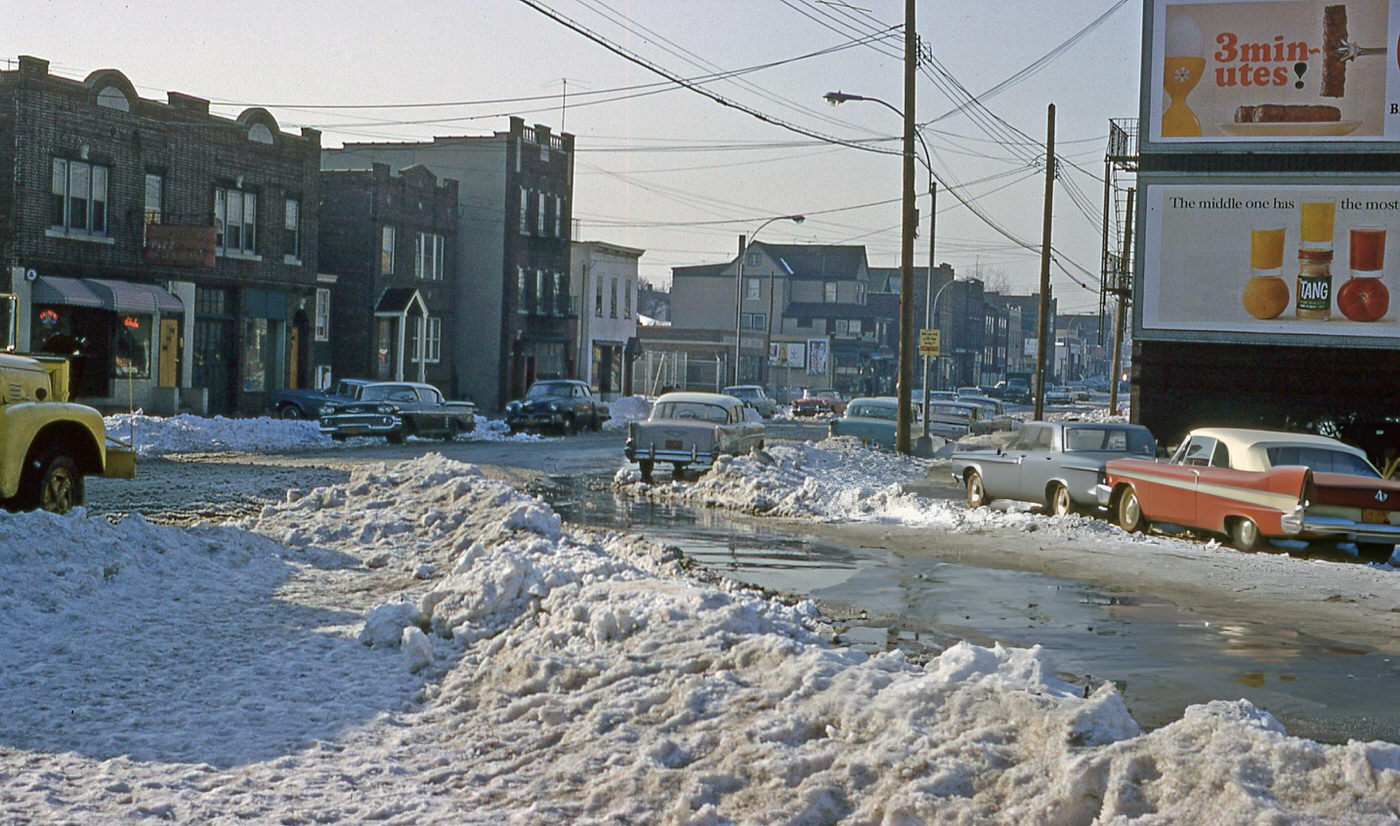
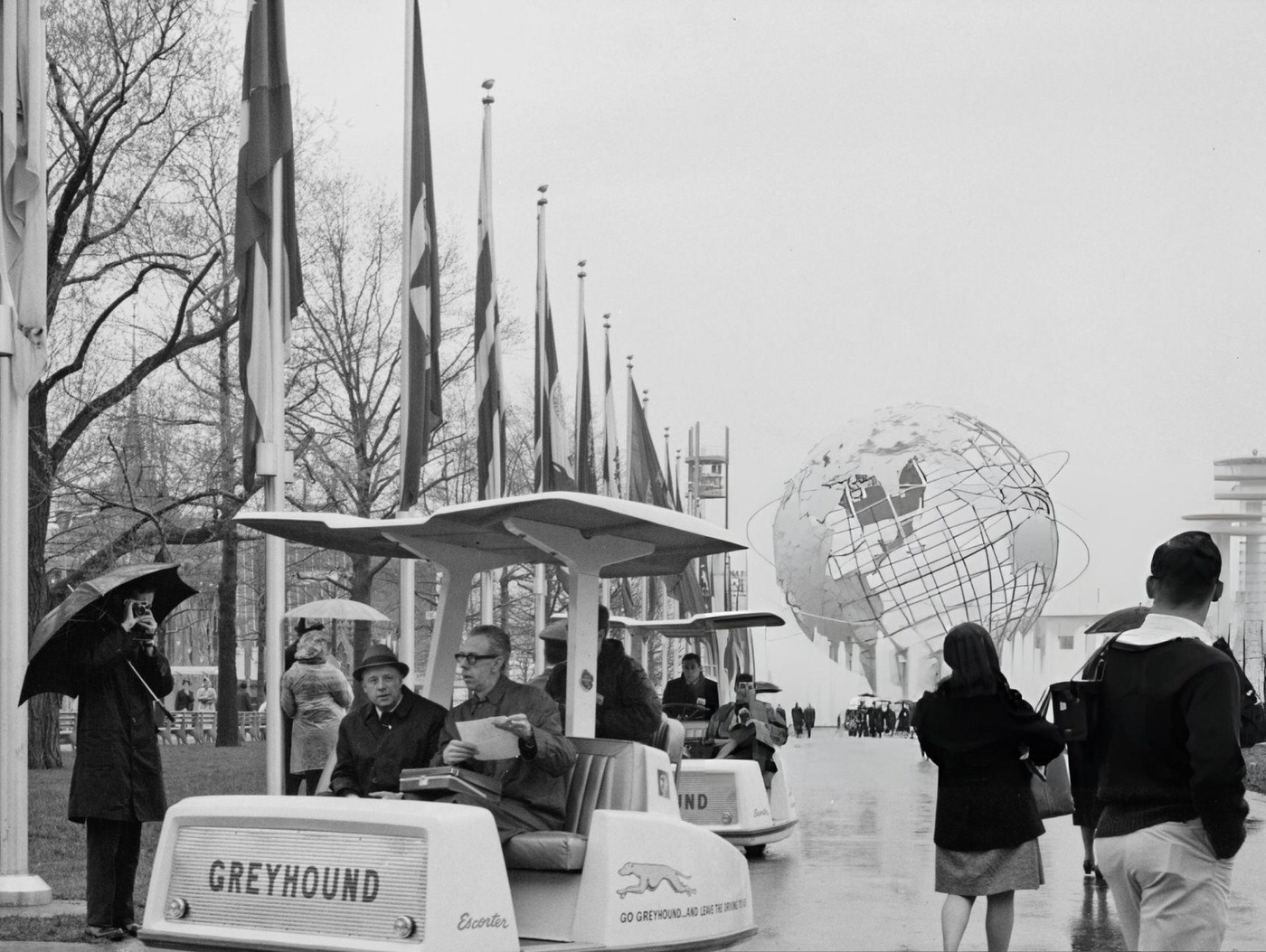
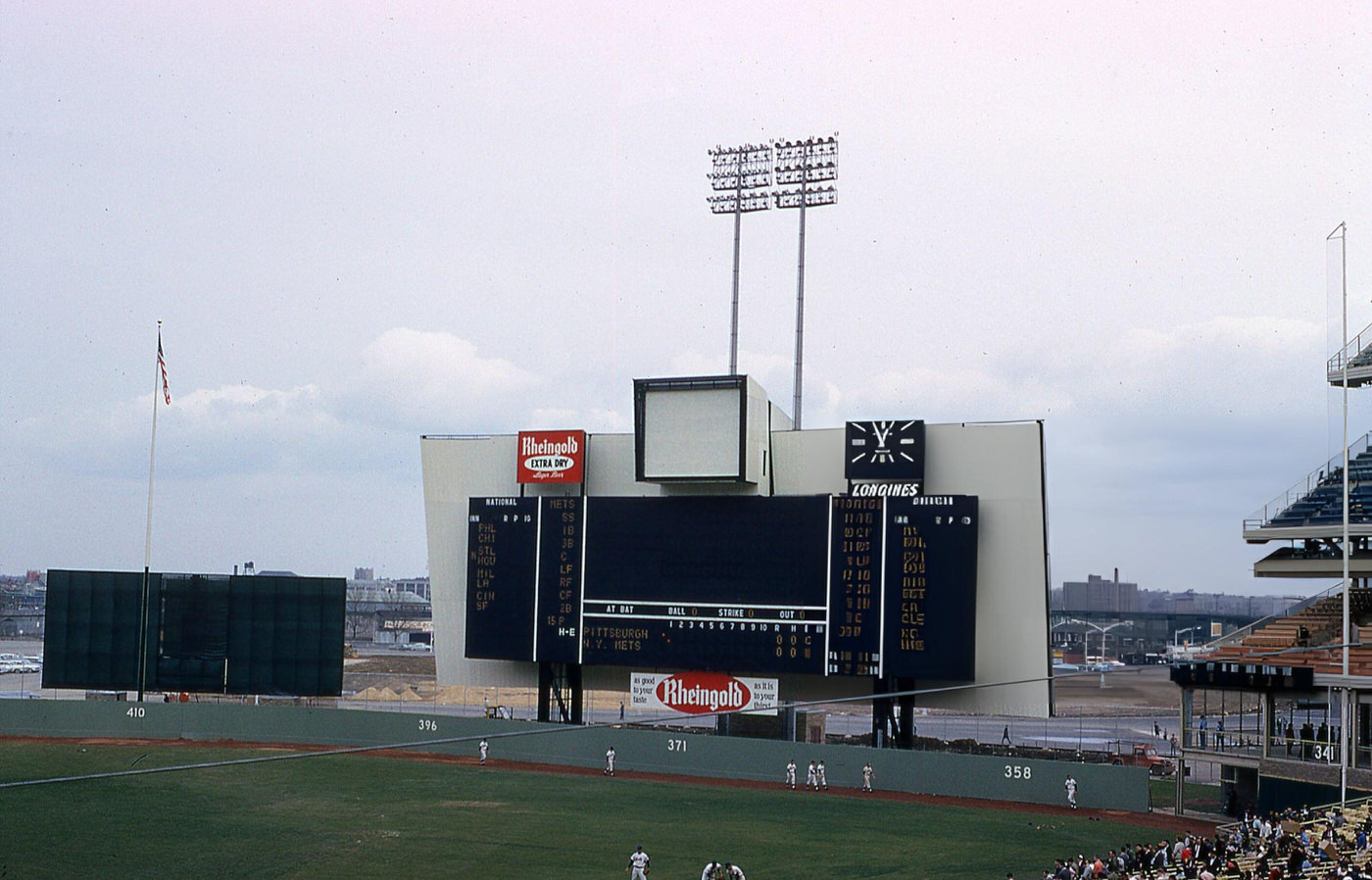
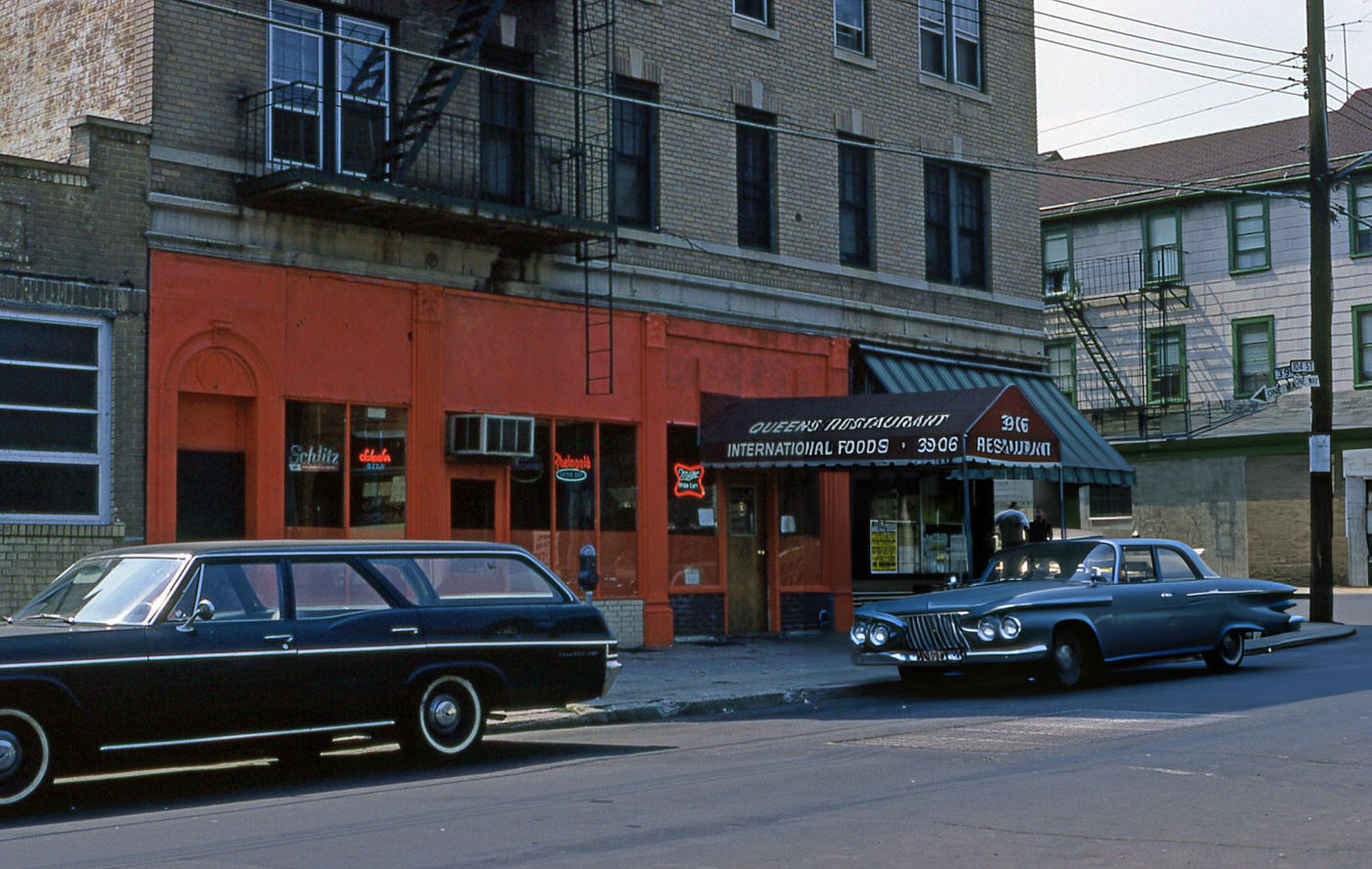
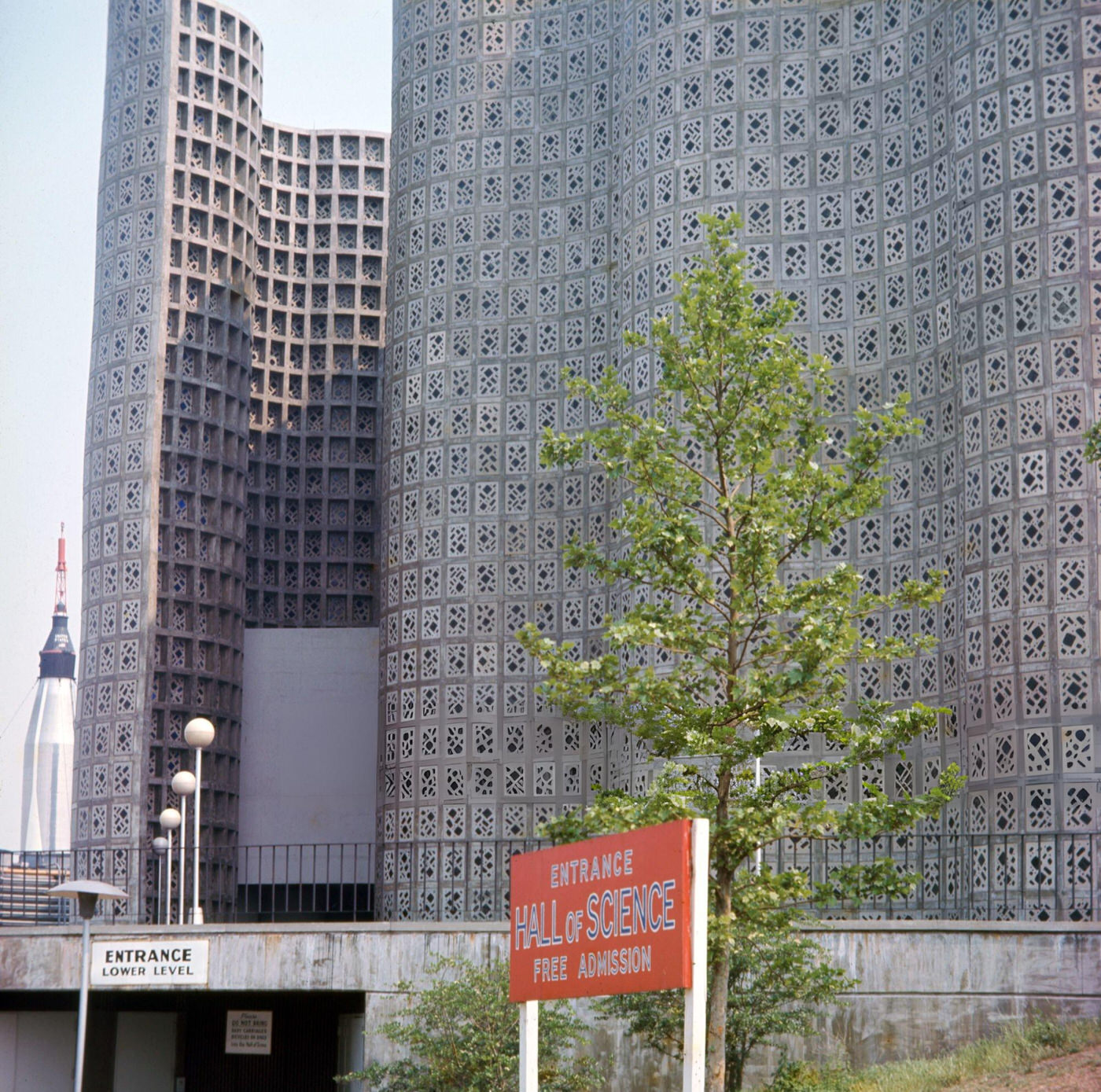
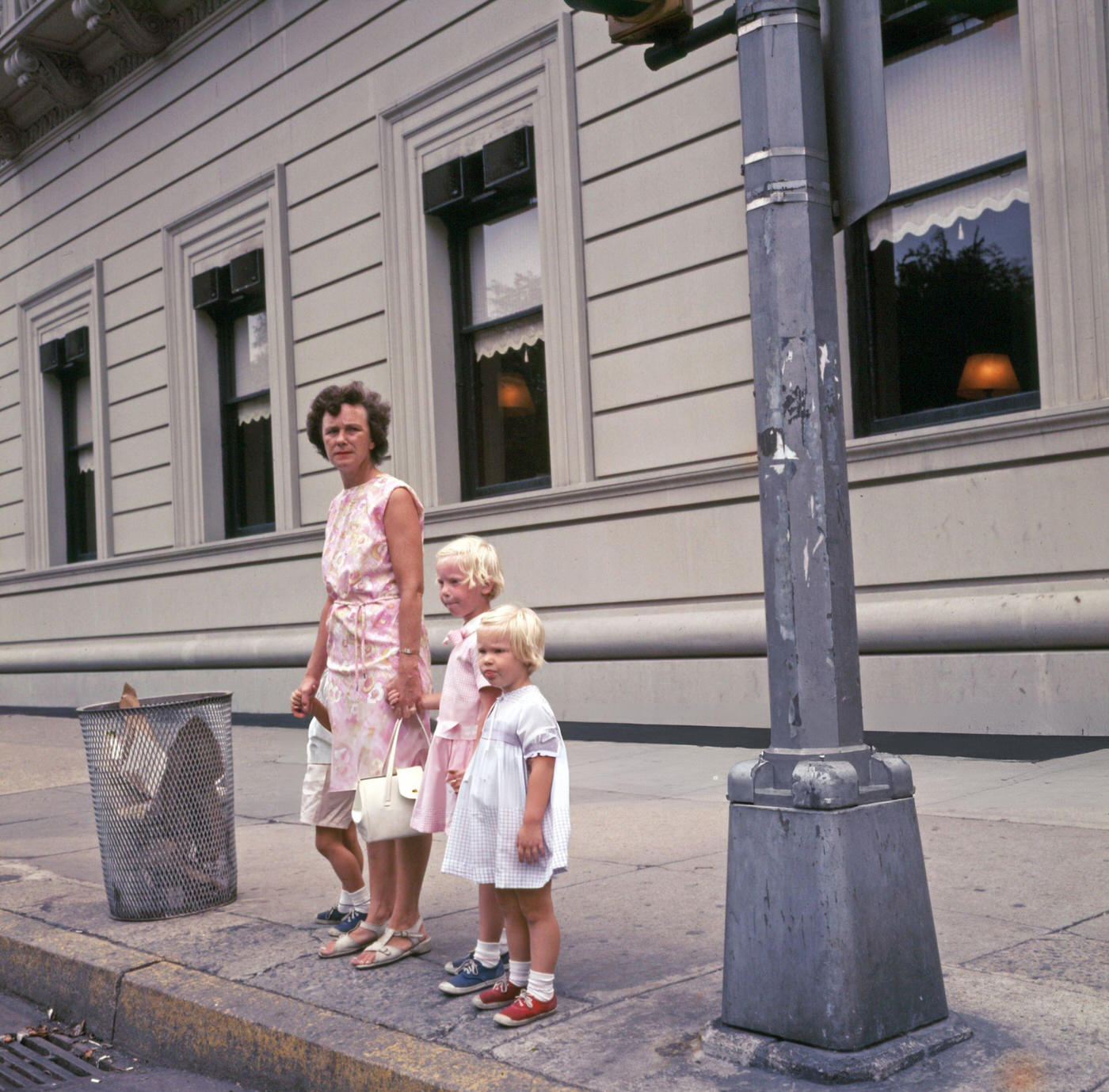
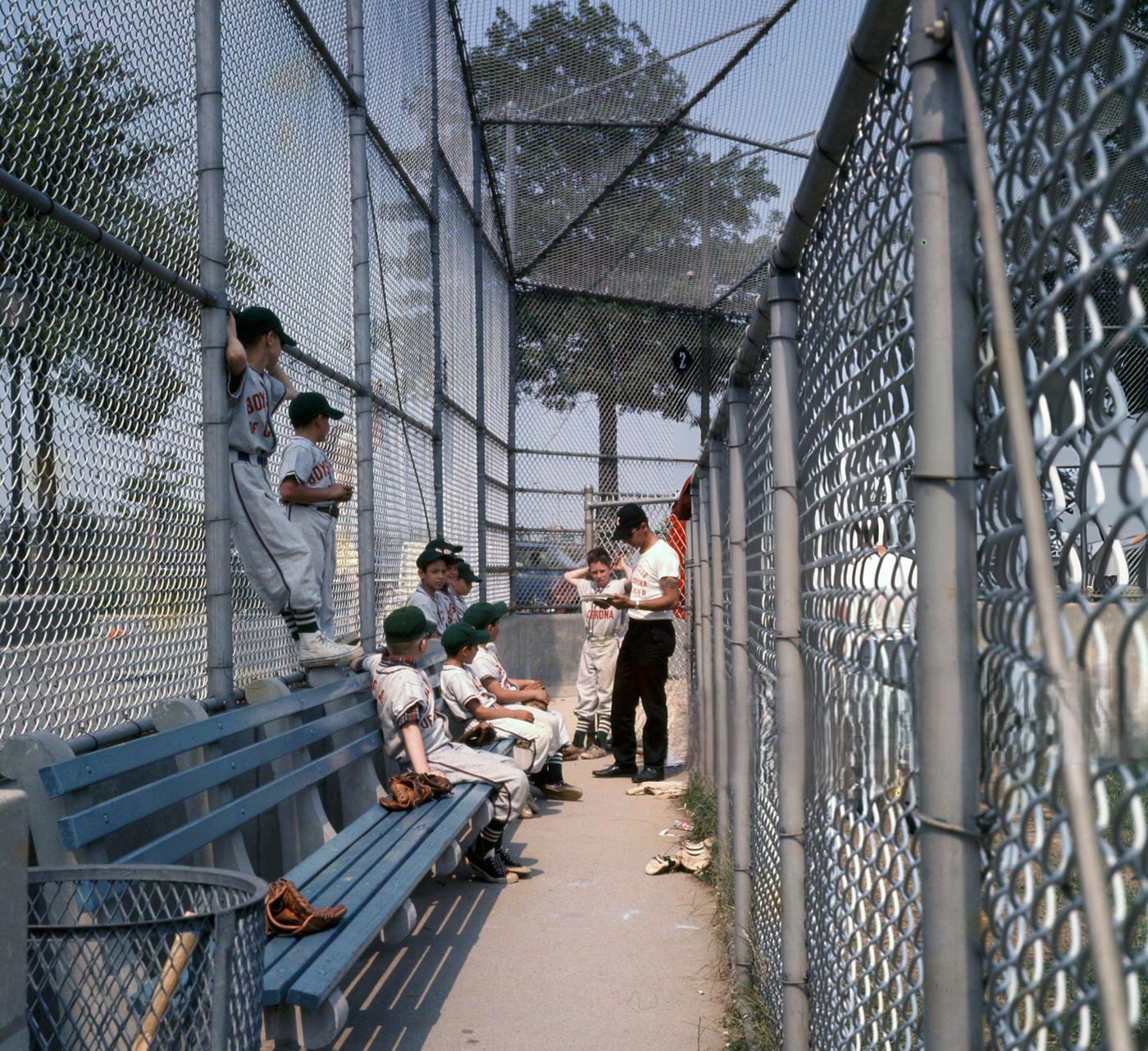
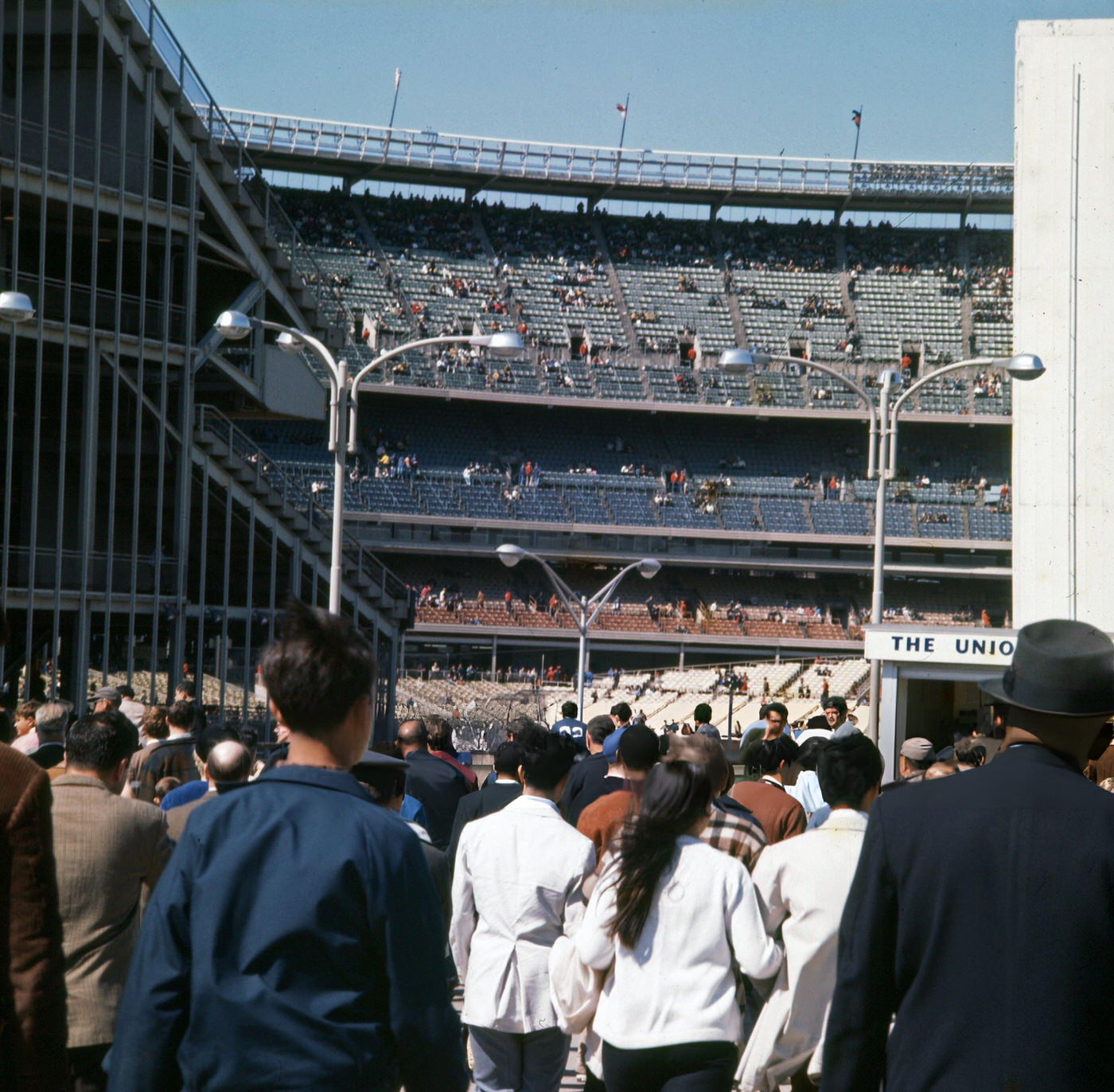

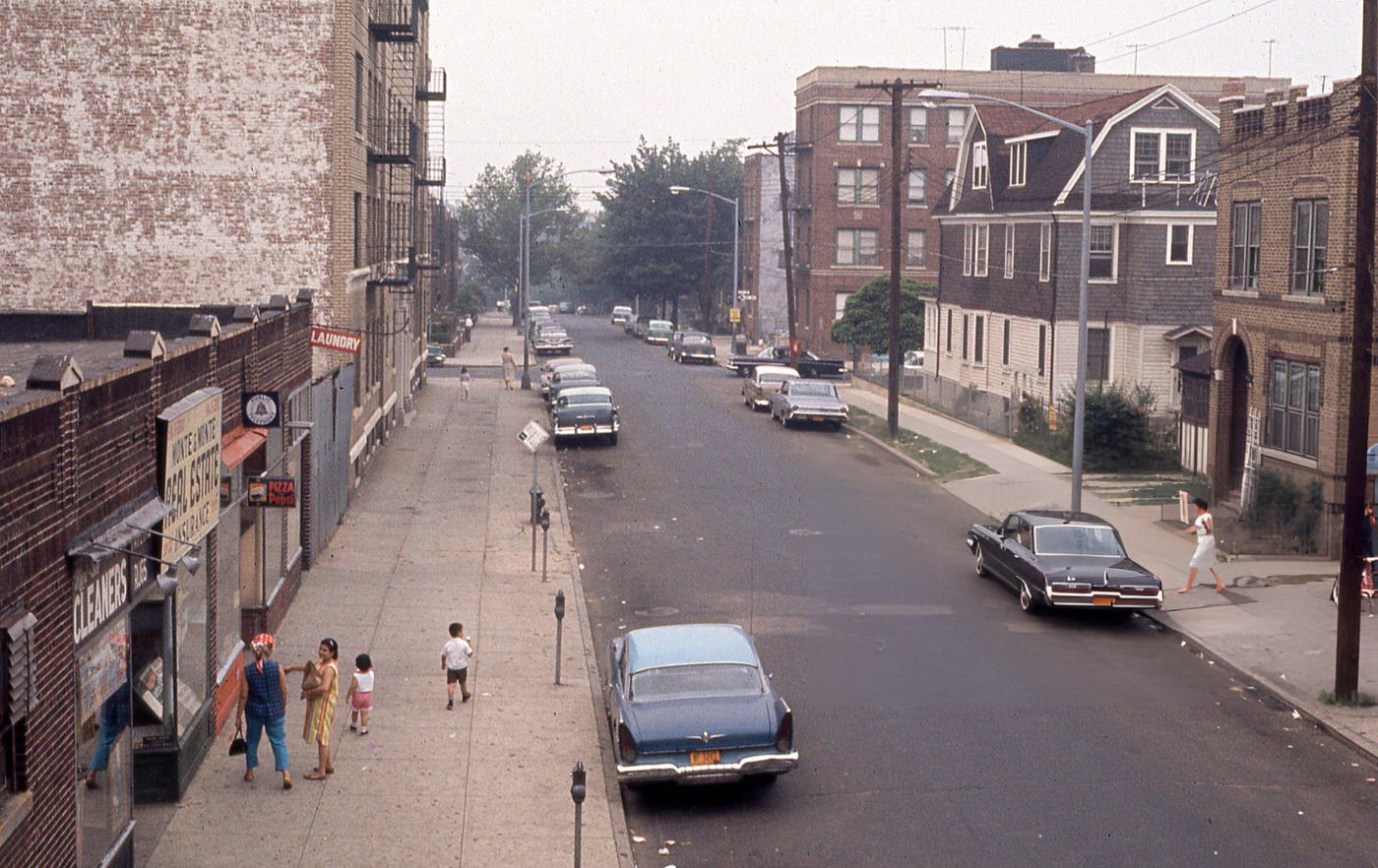
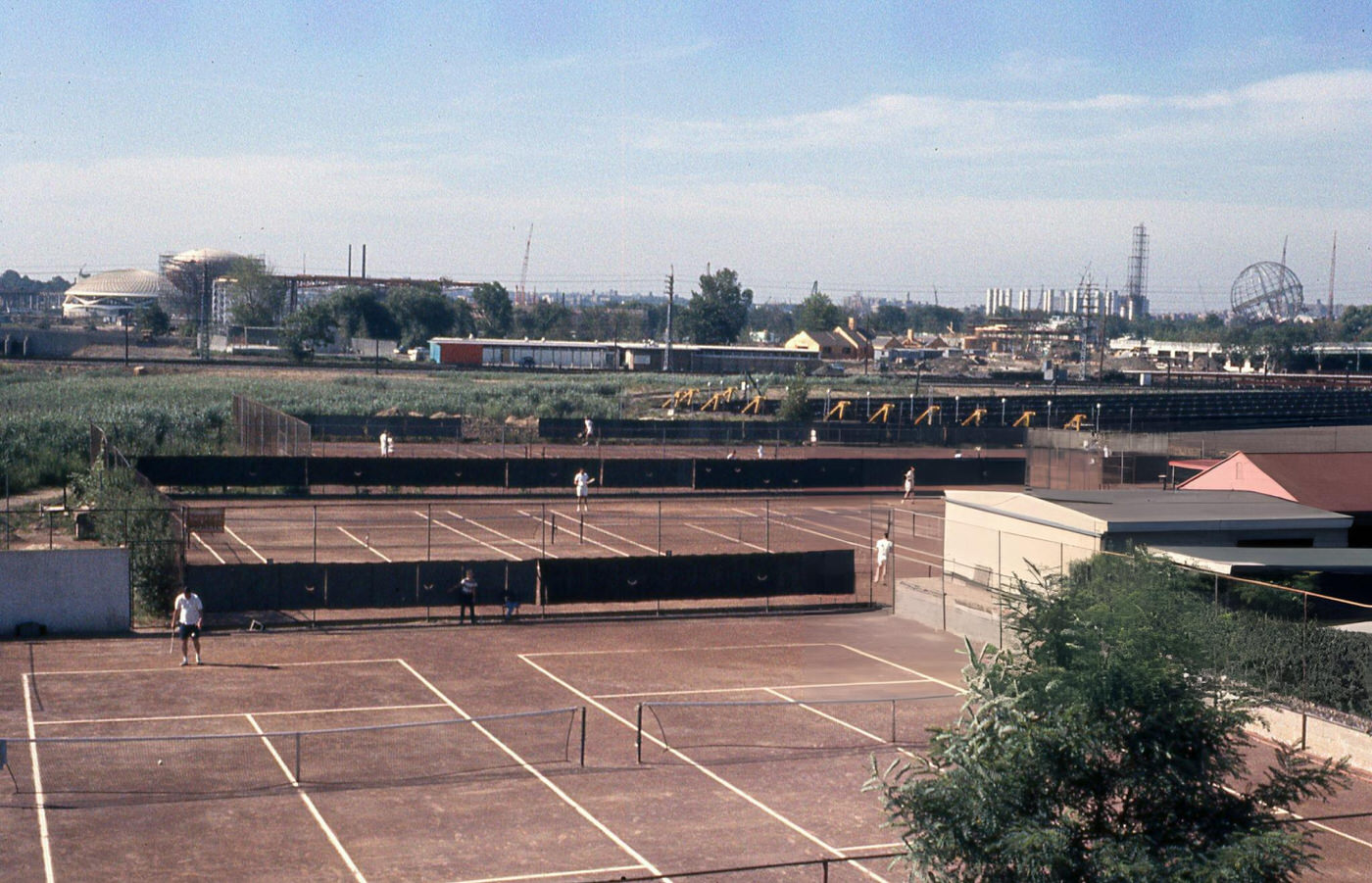
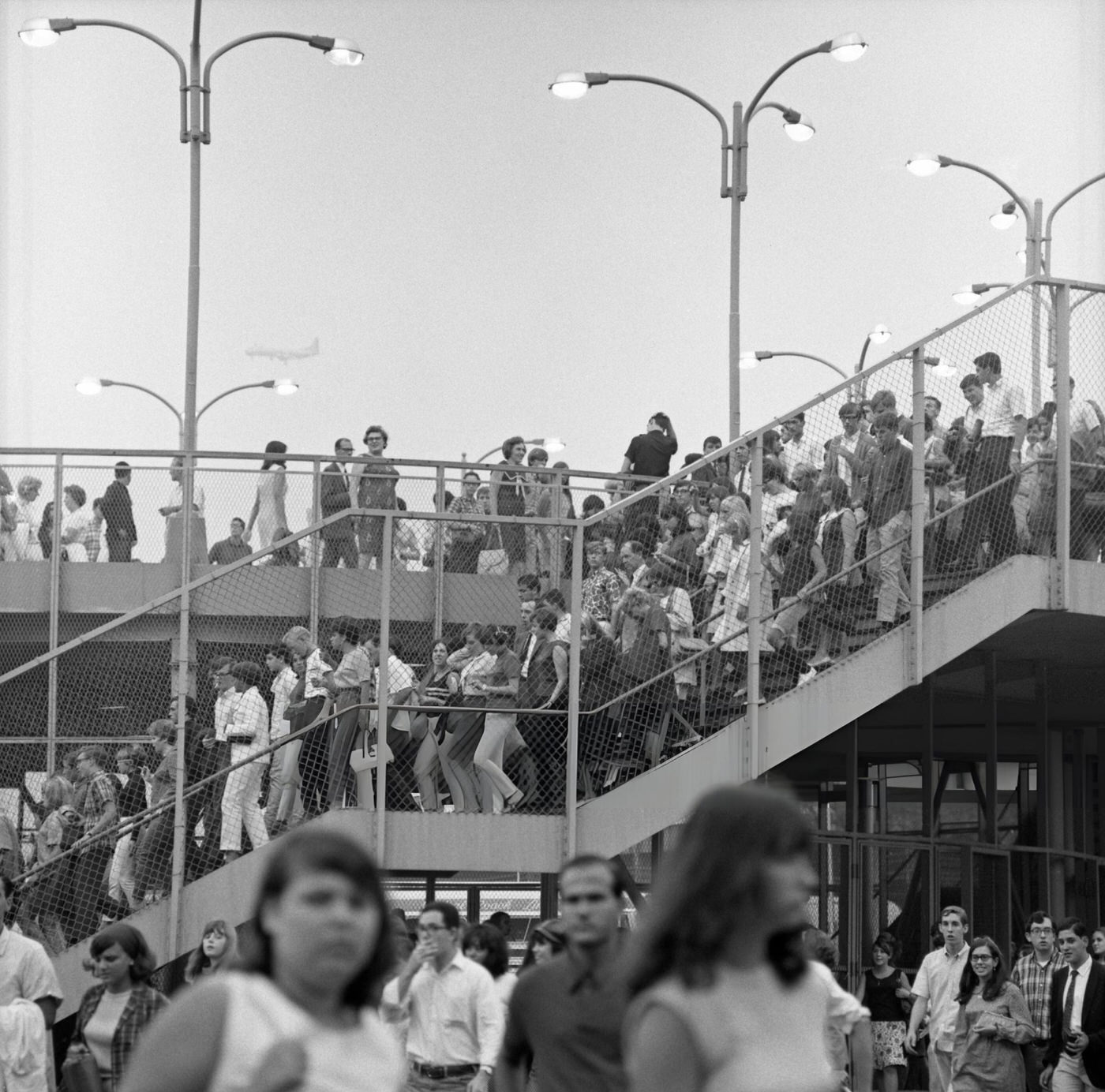
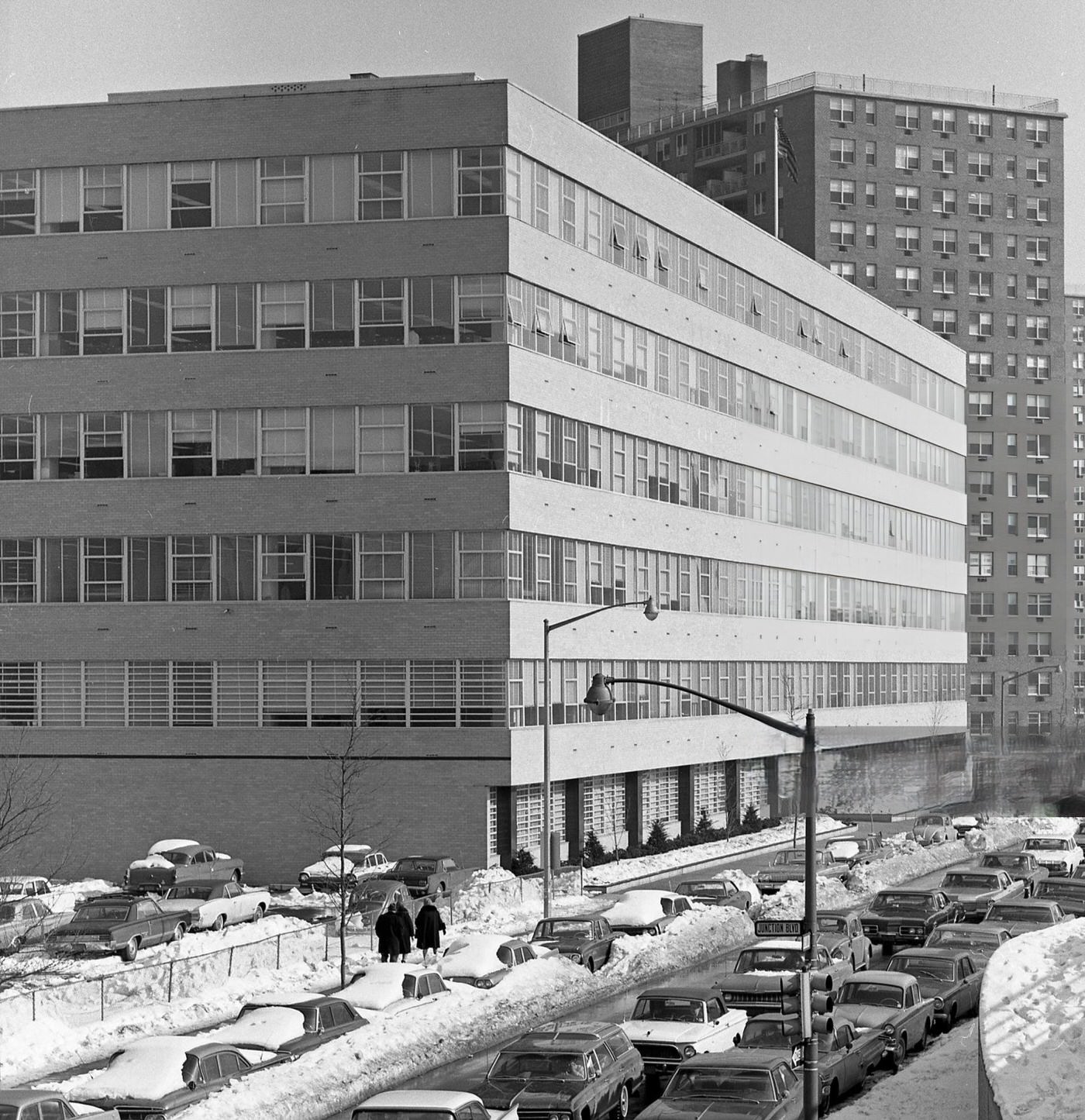
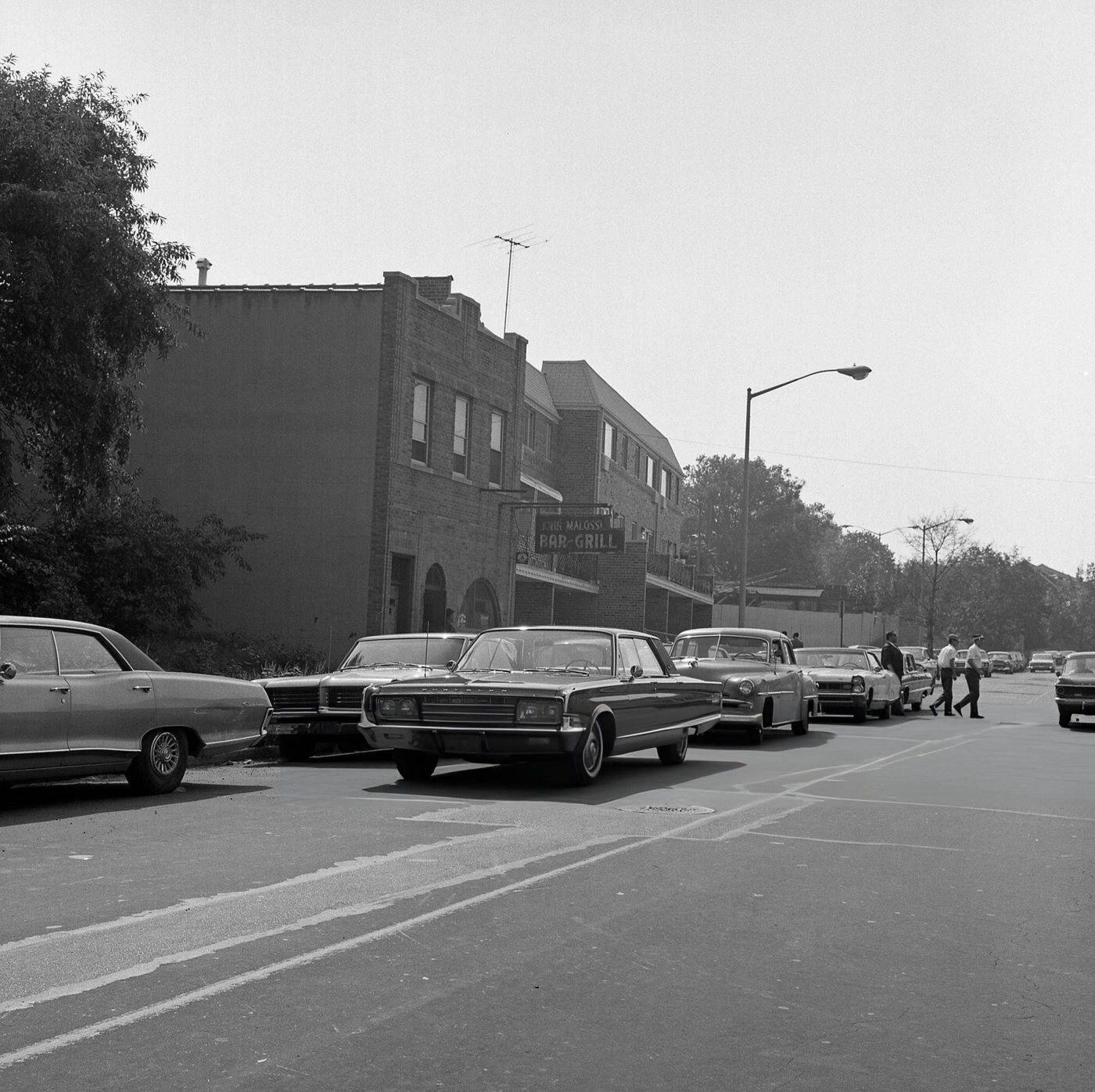
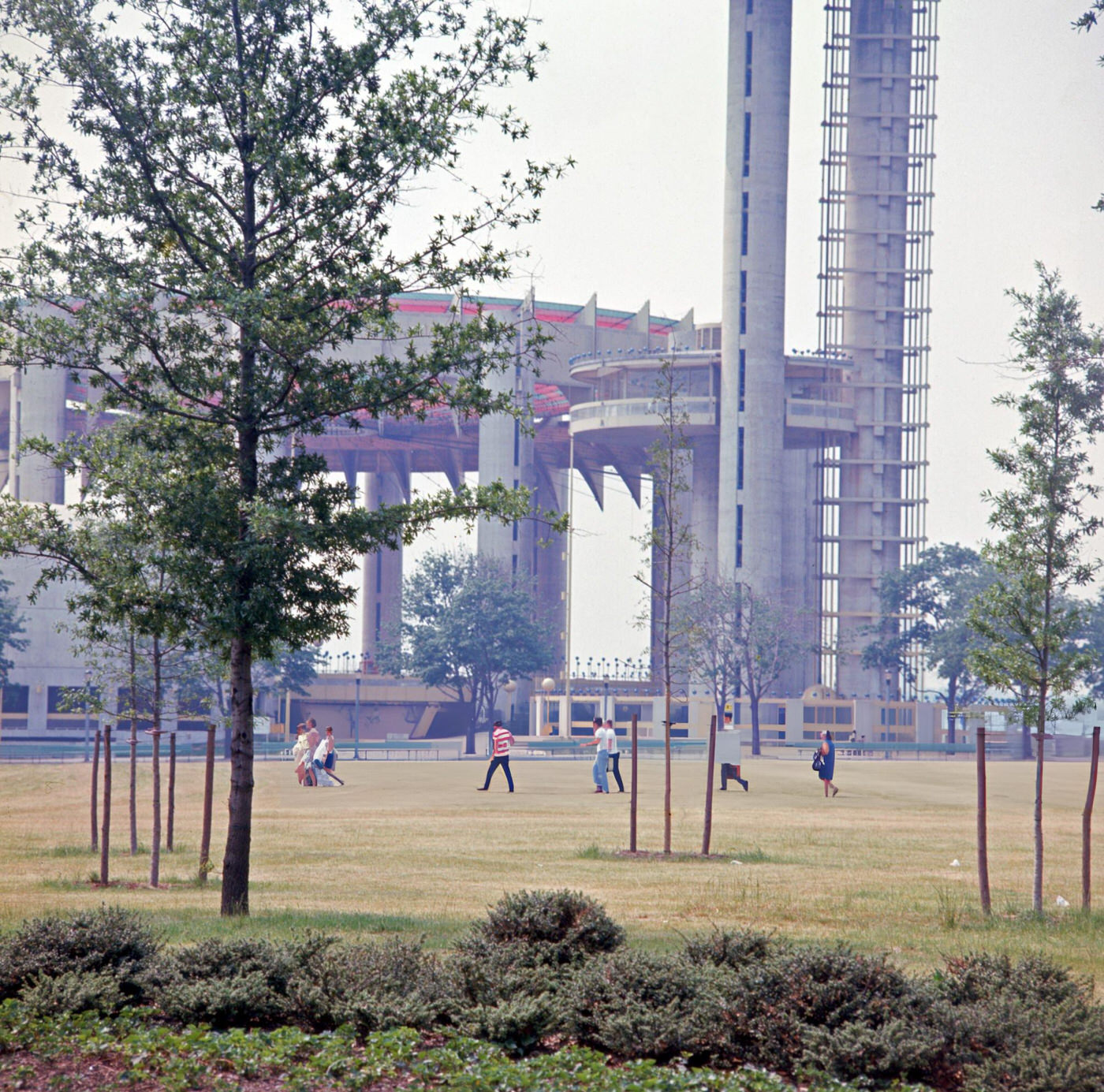

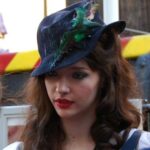
GIPHY App Key not set. Please check settings